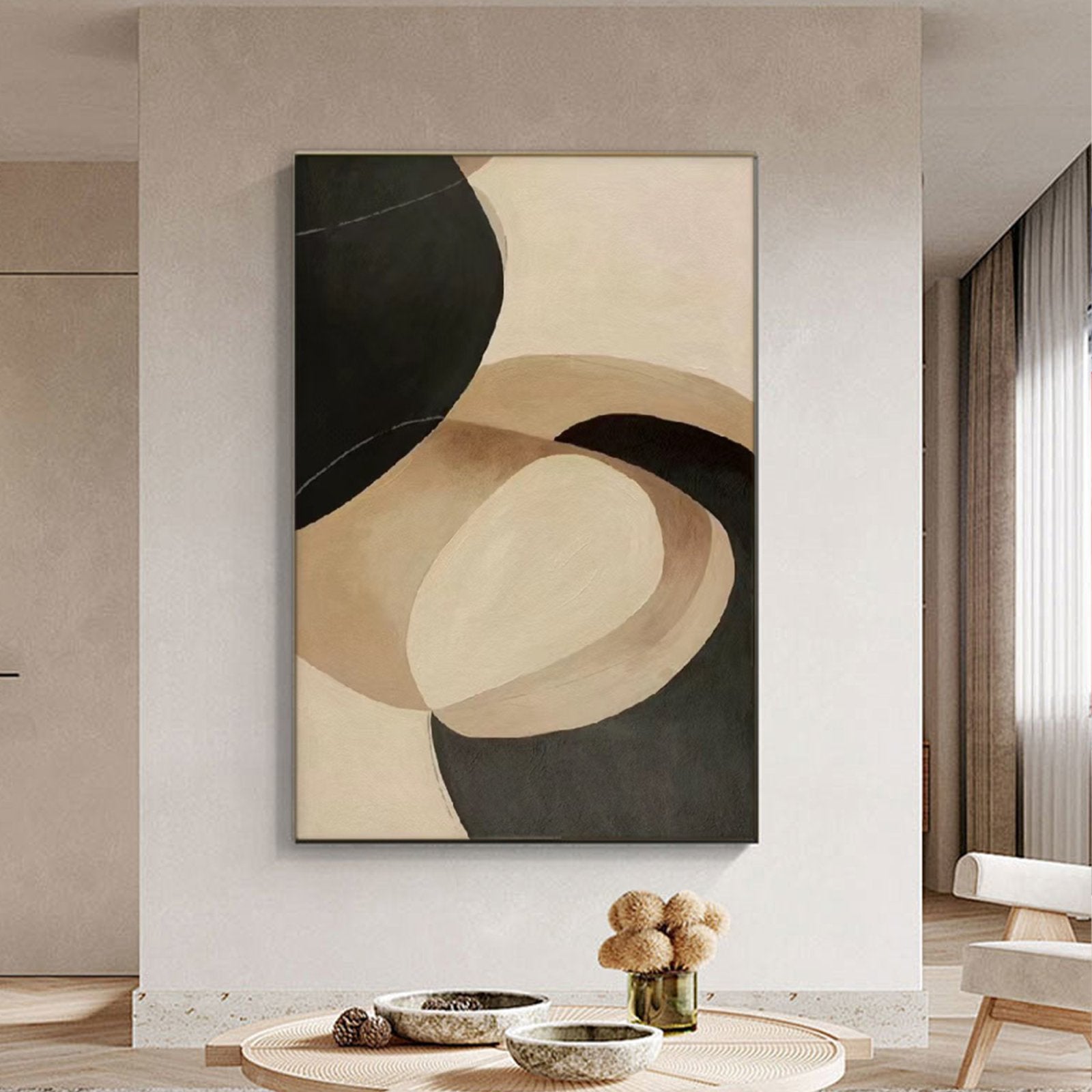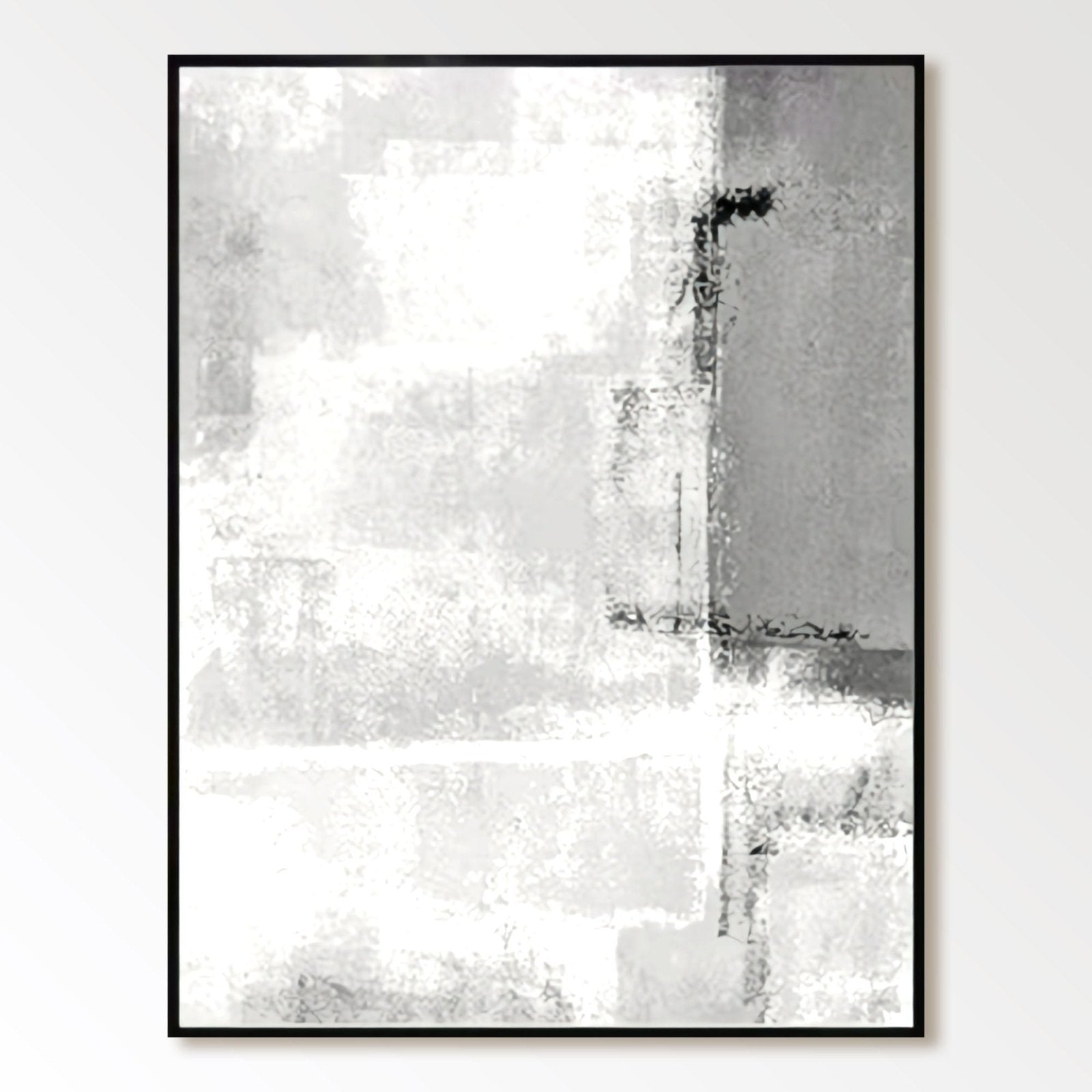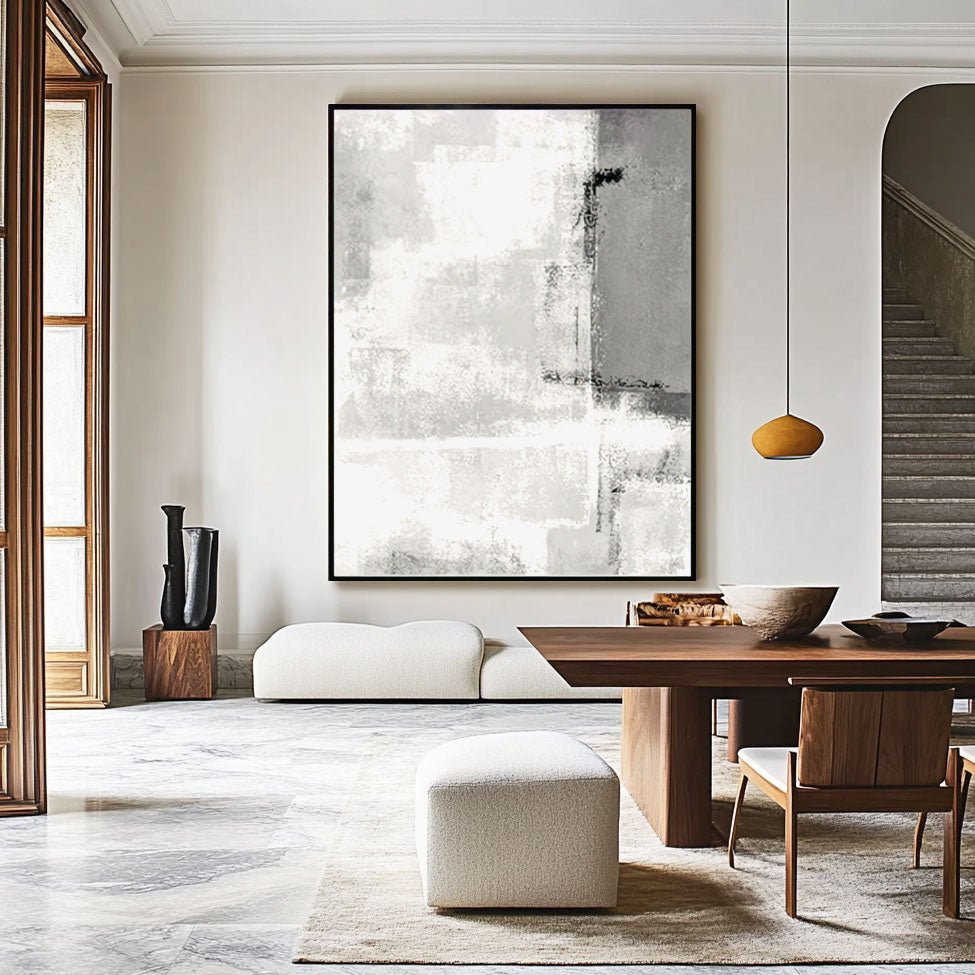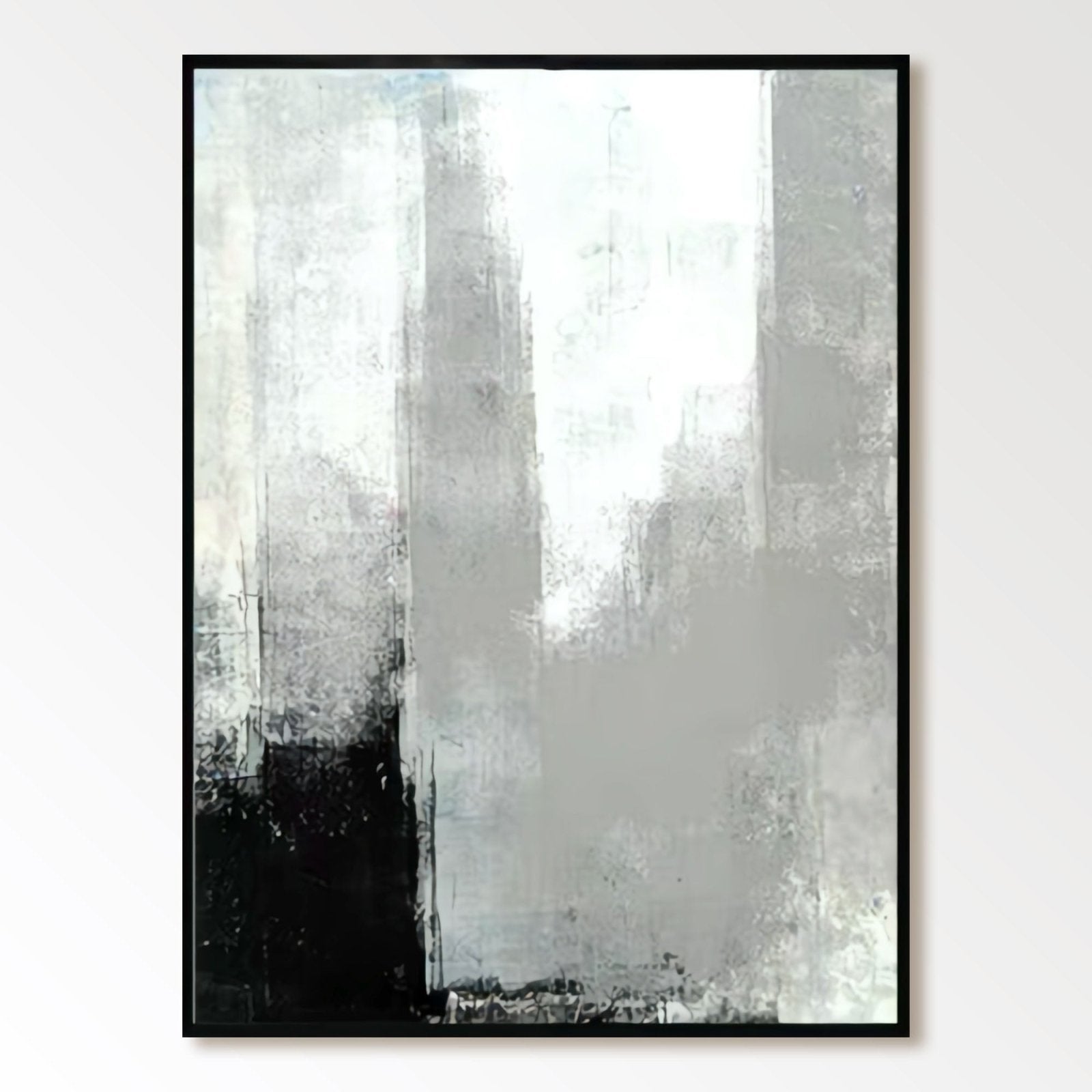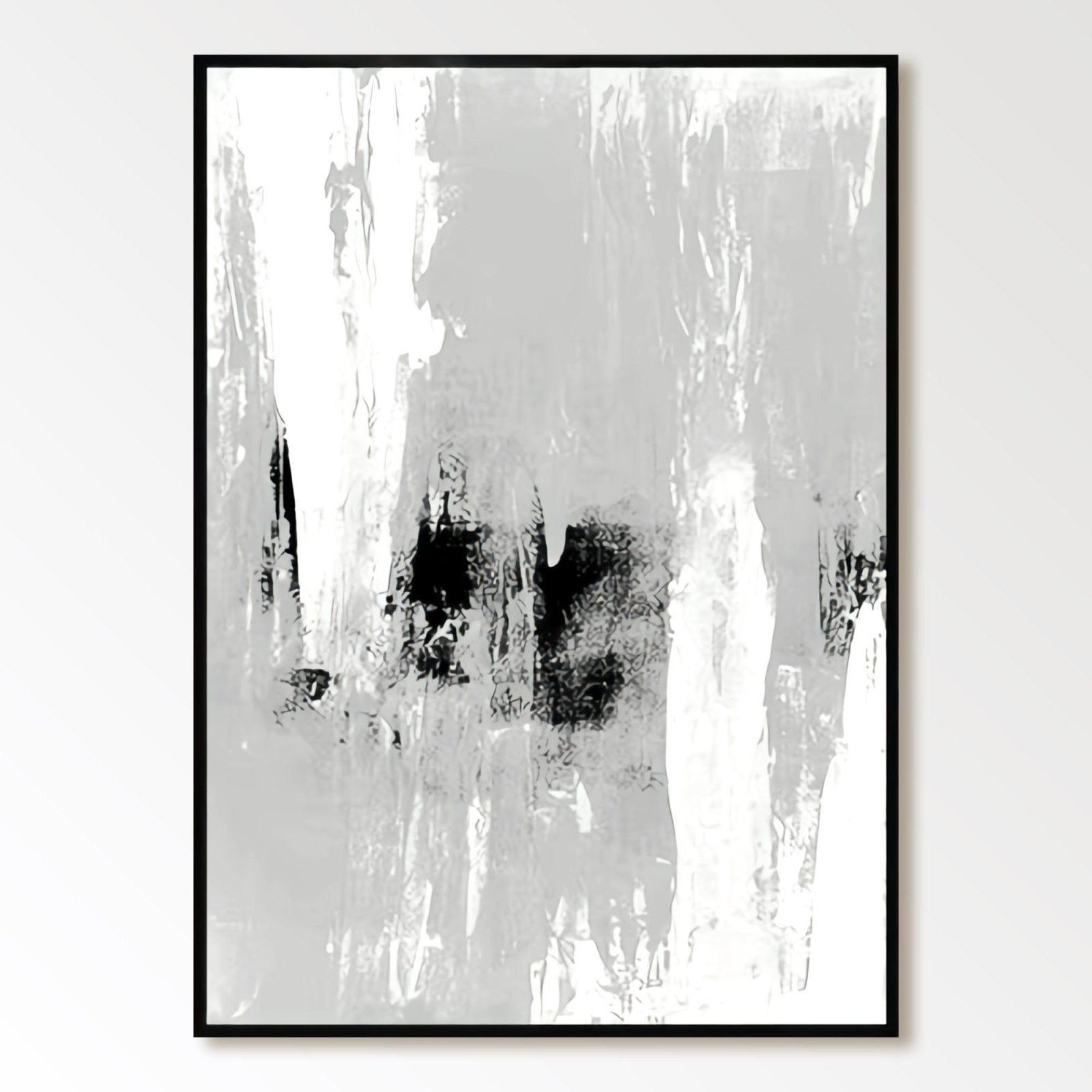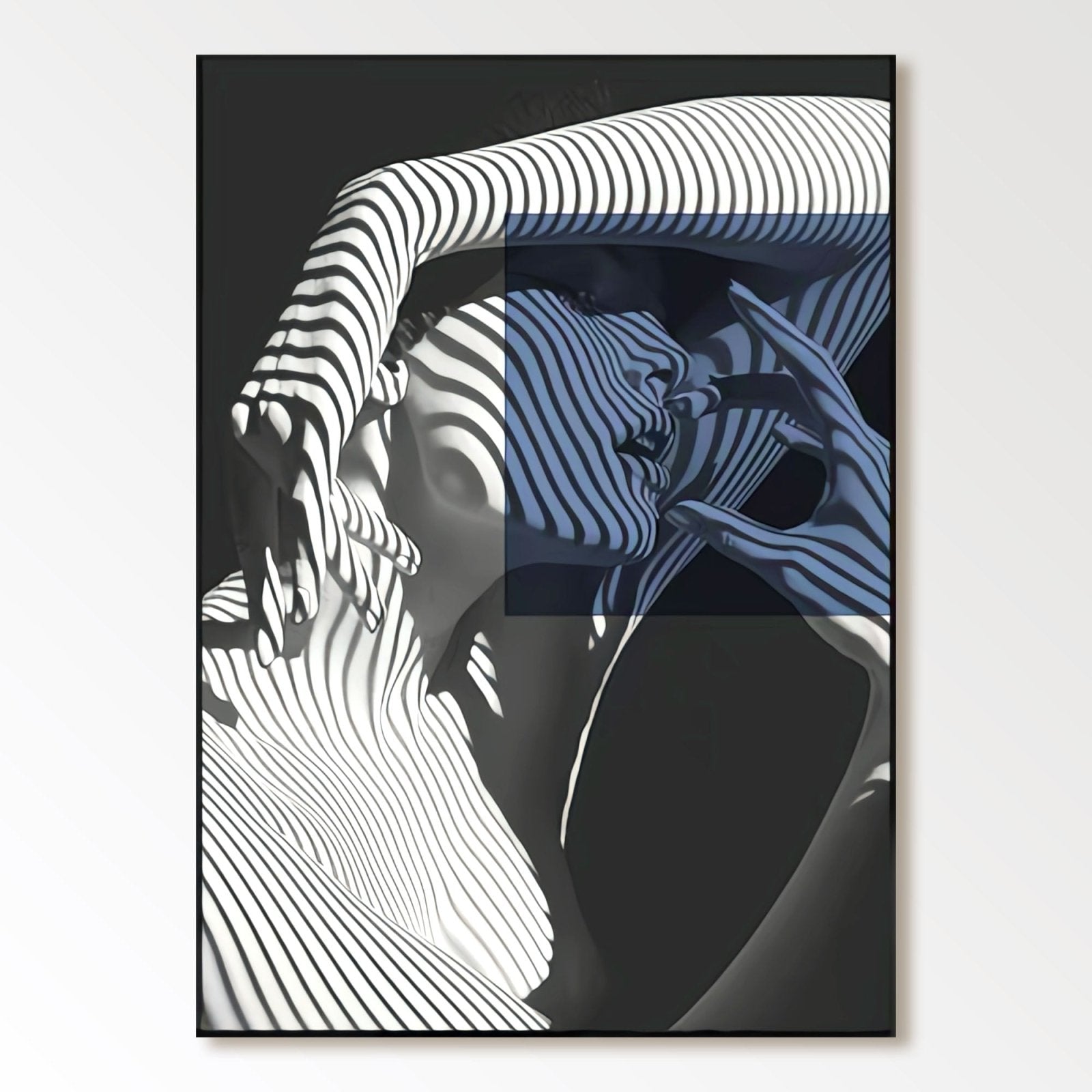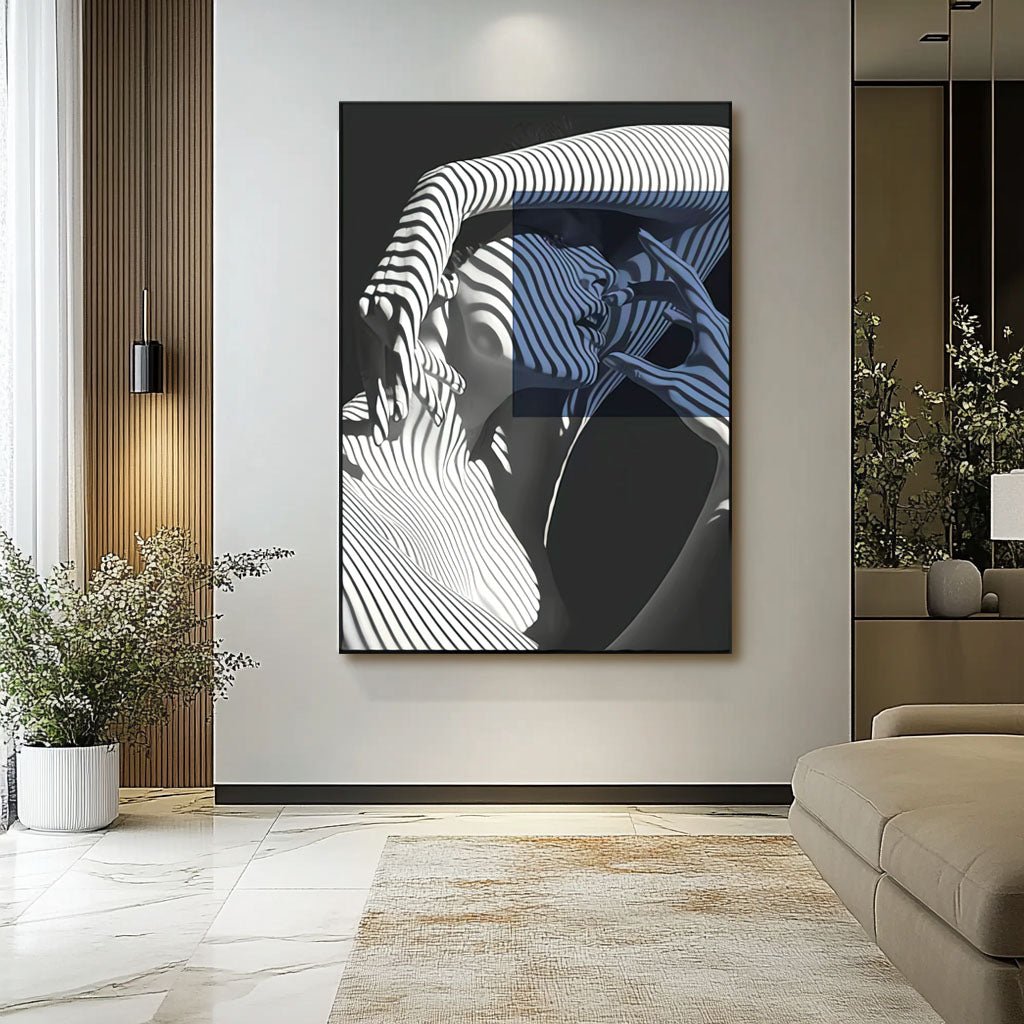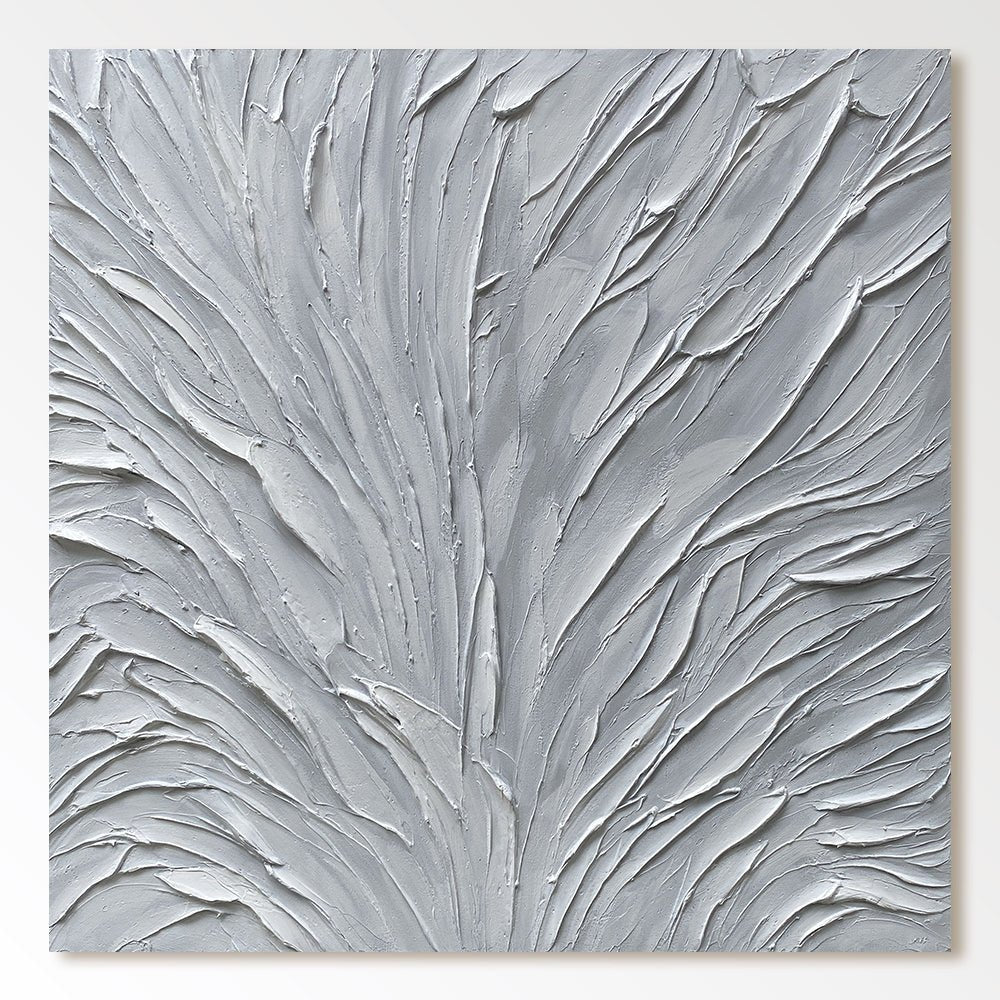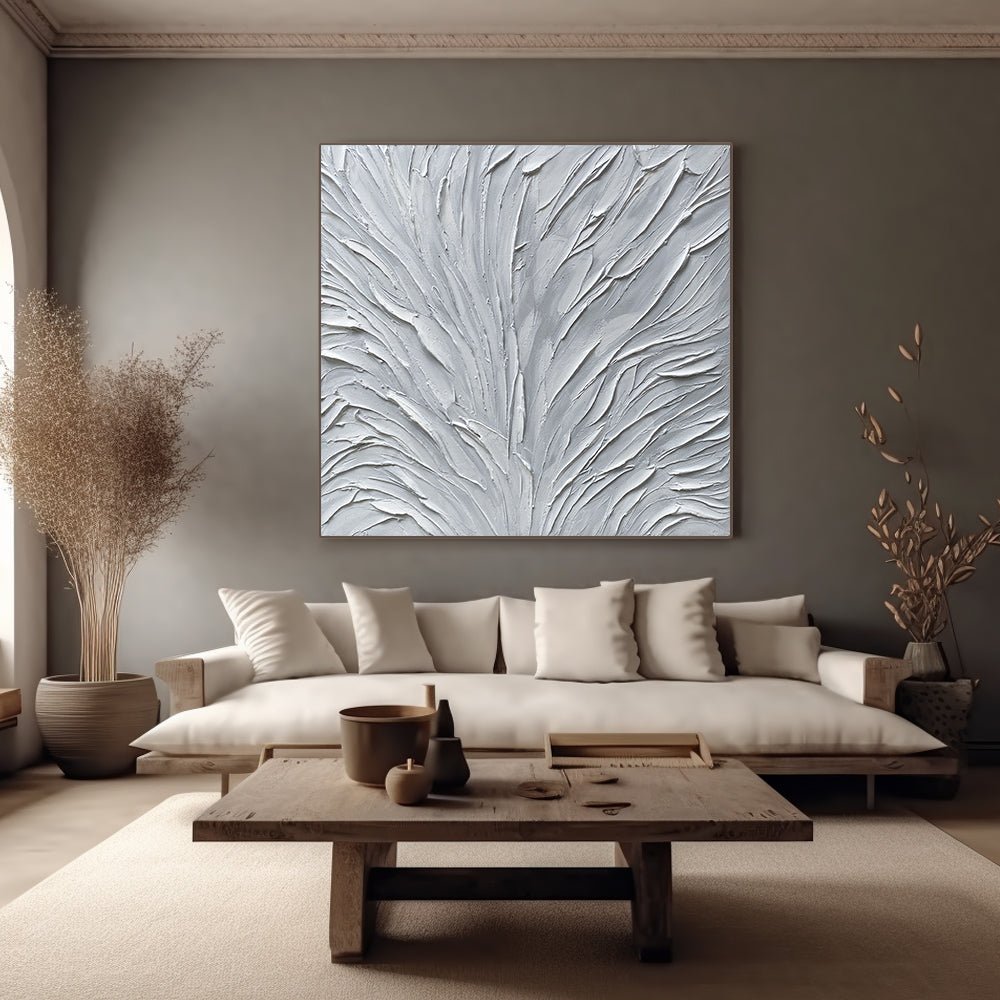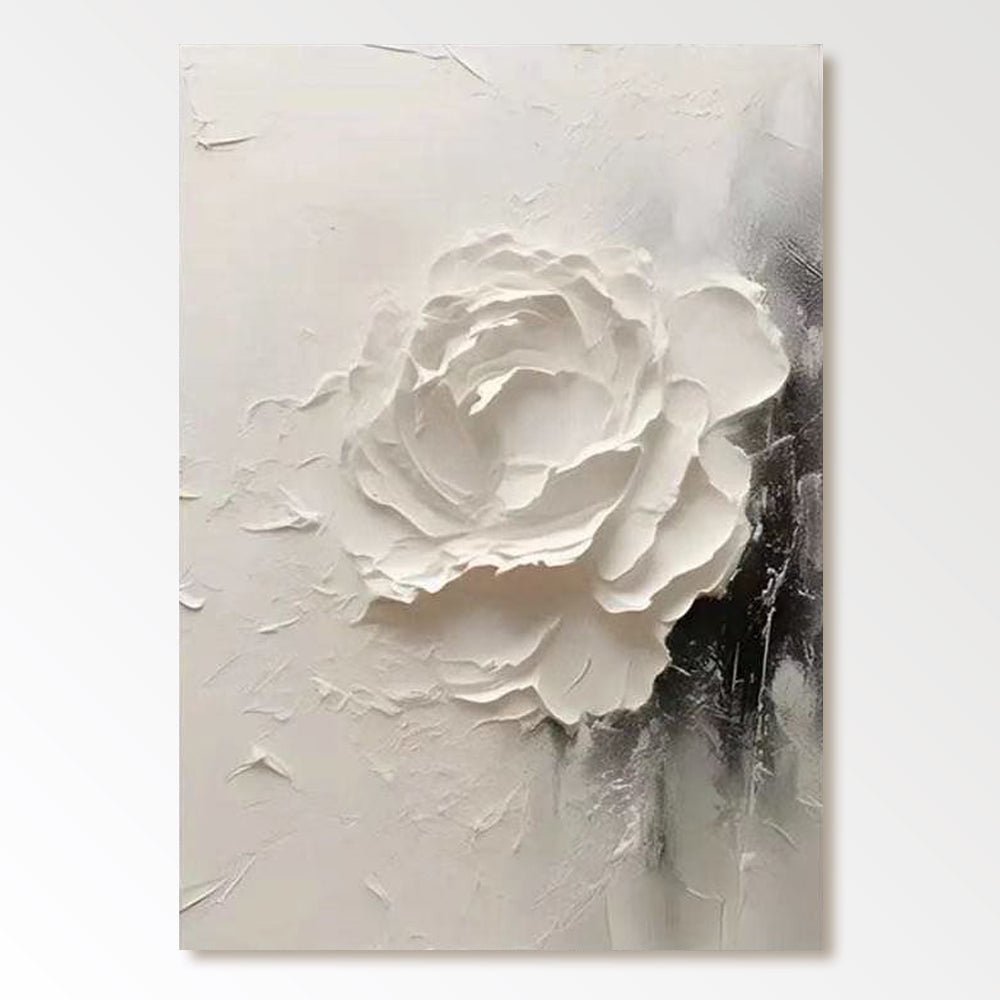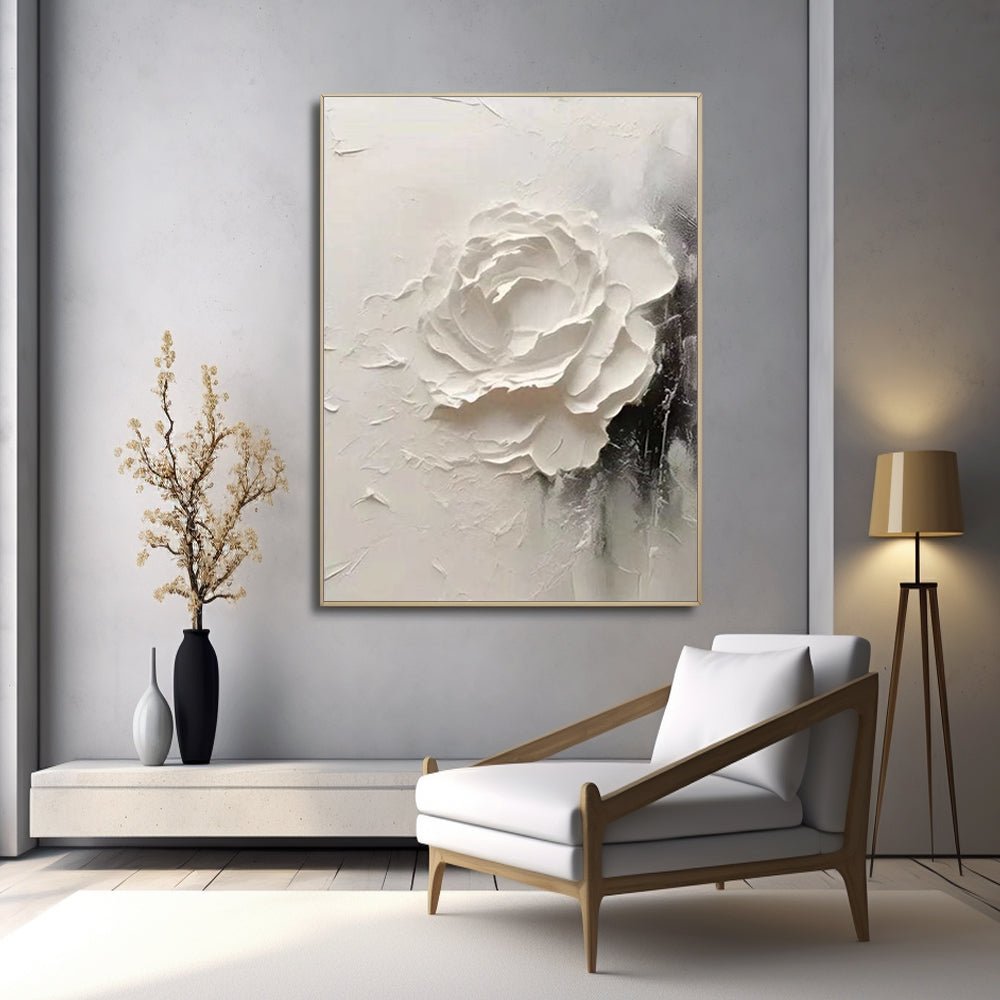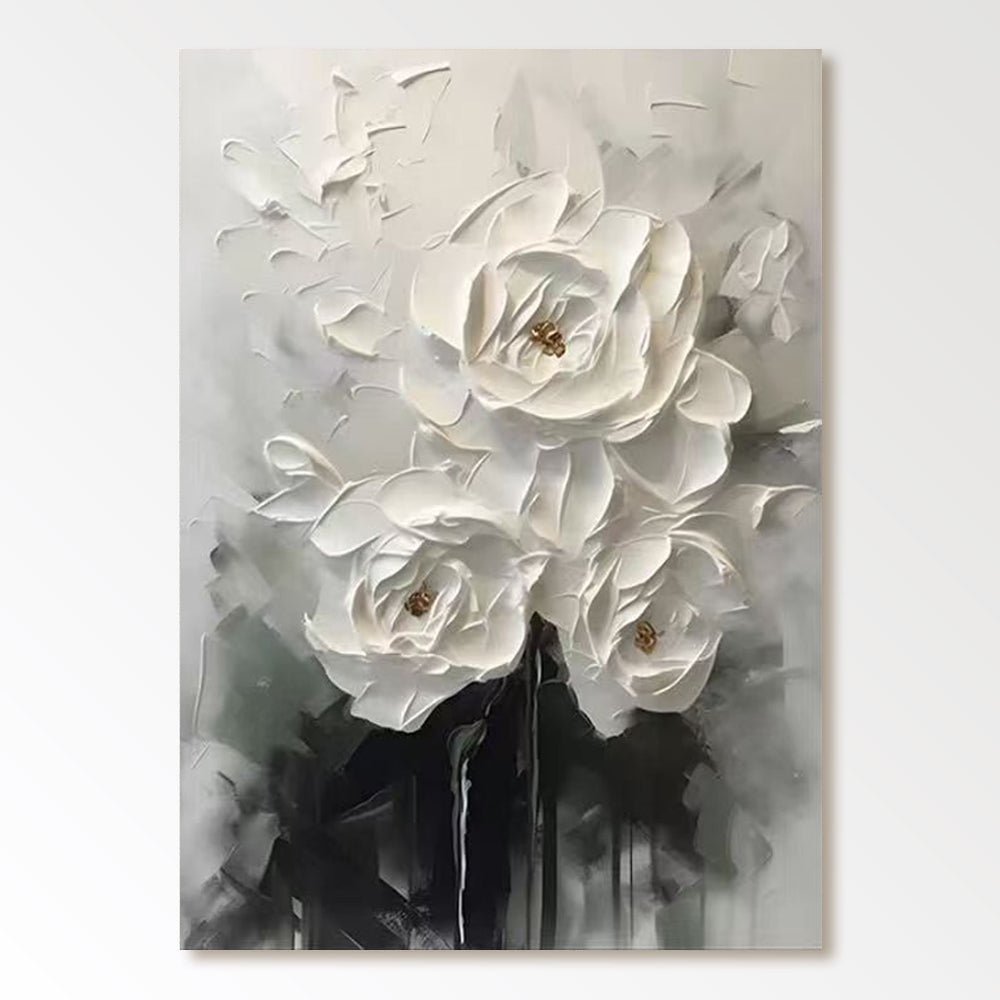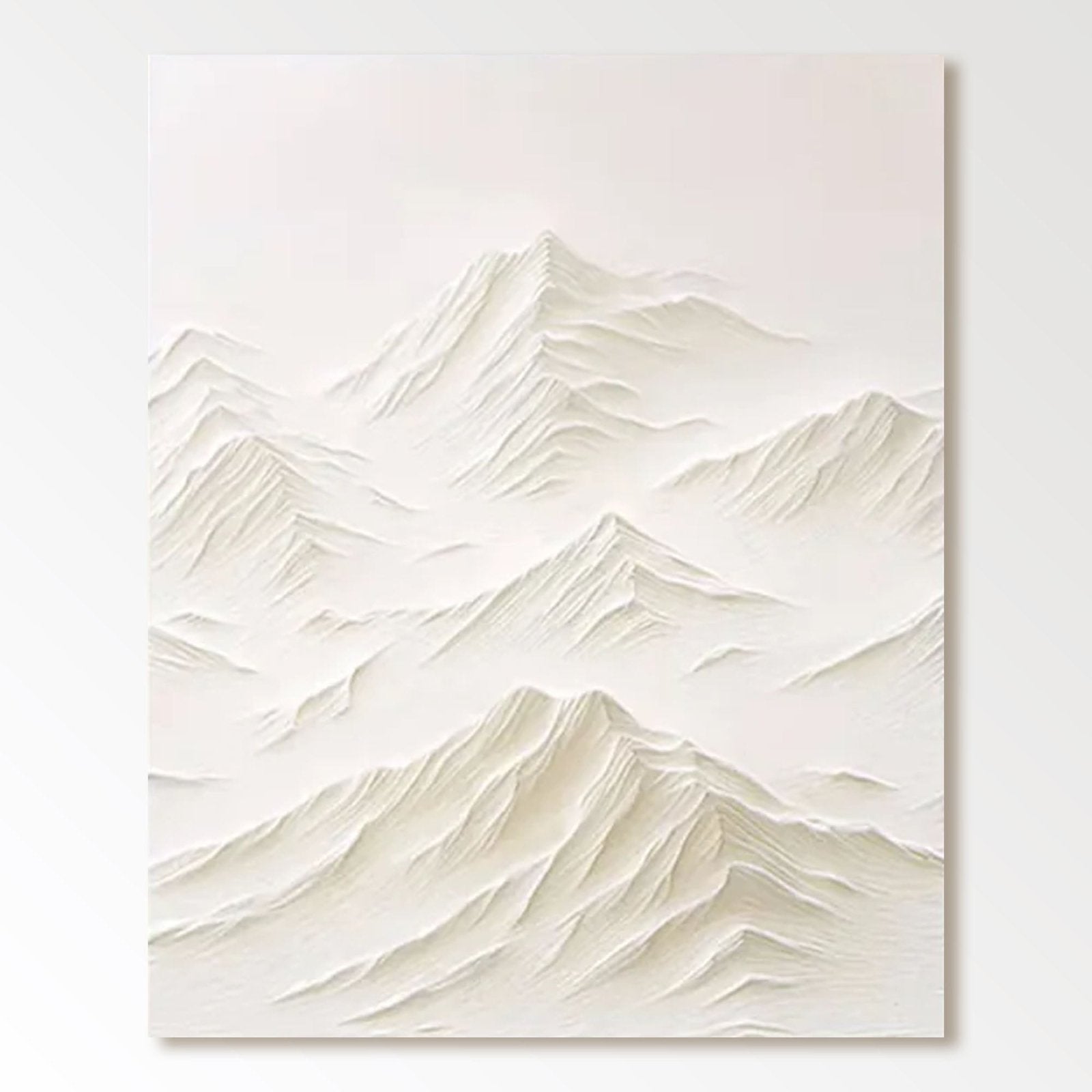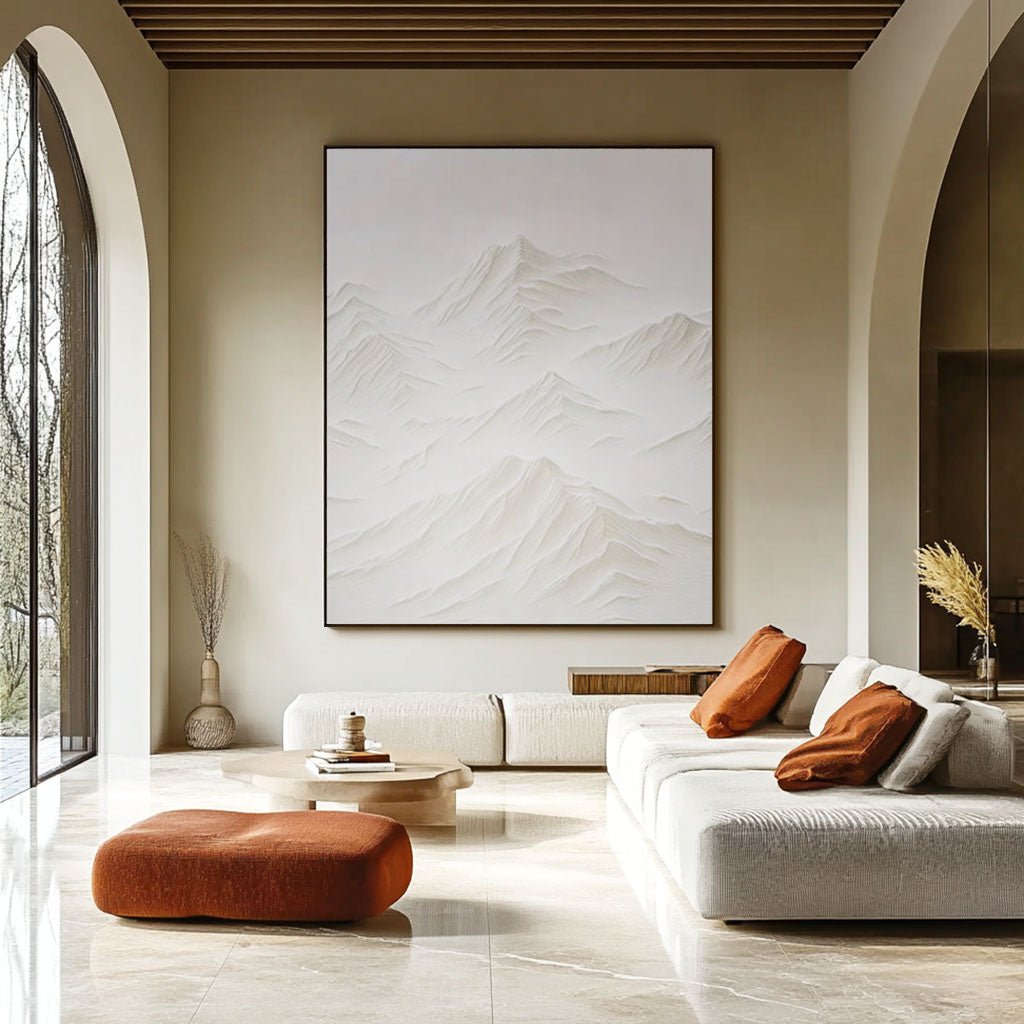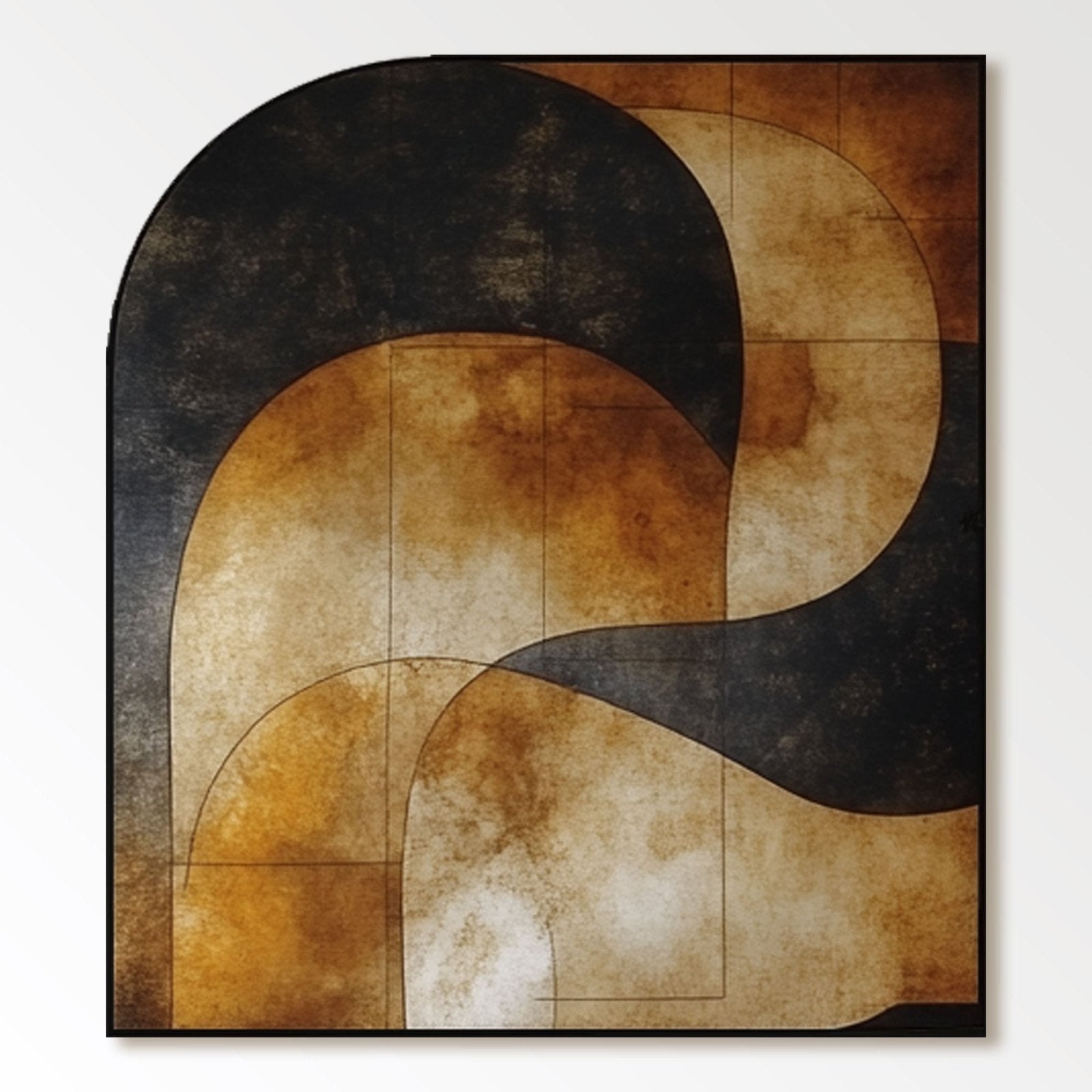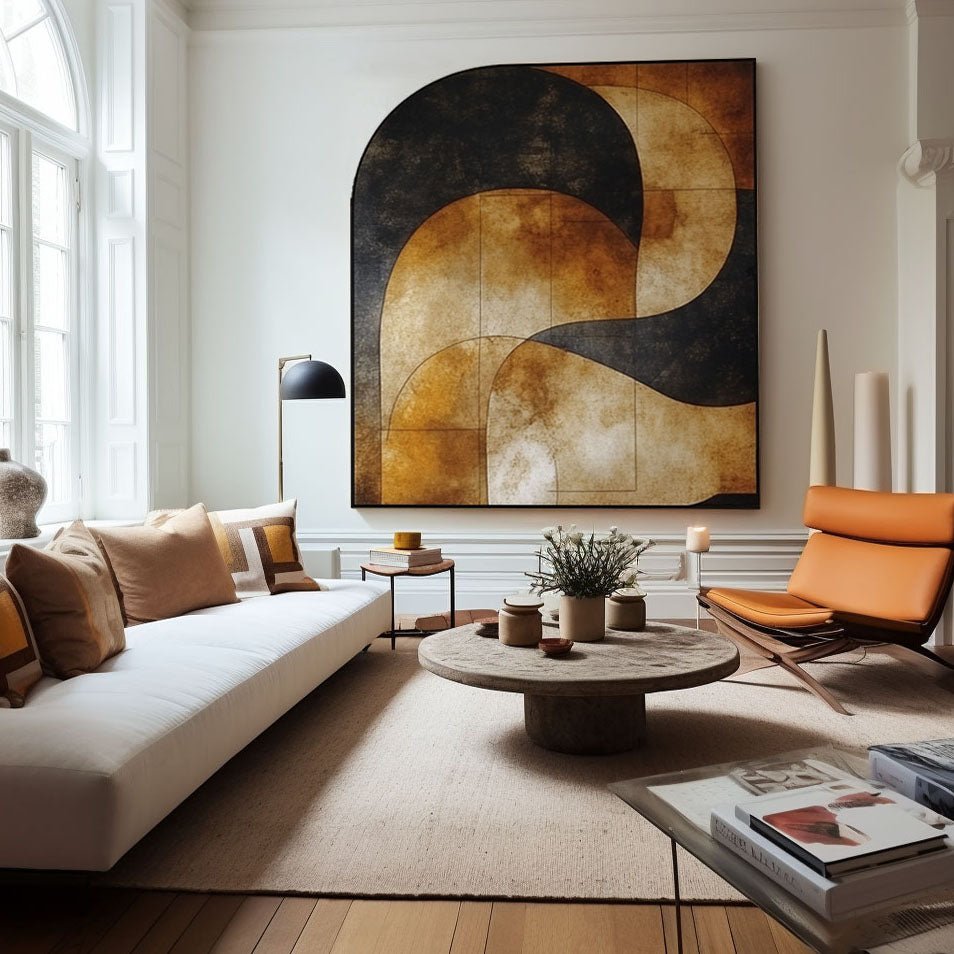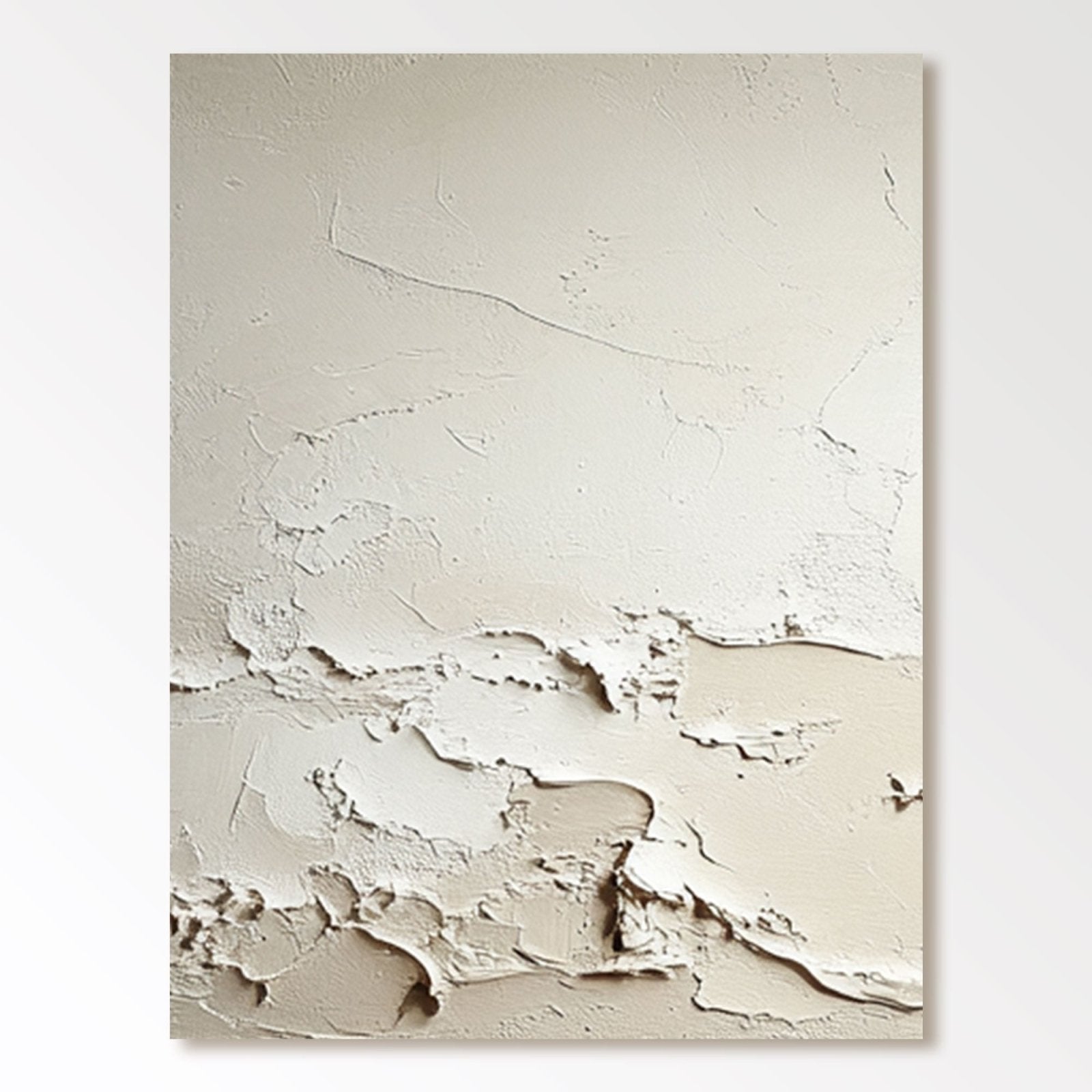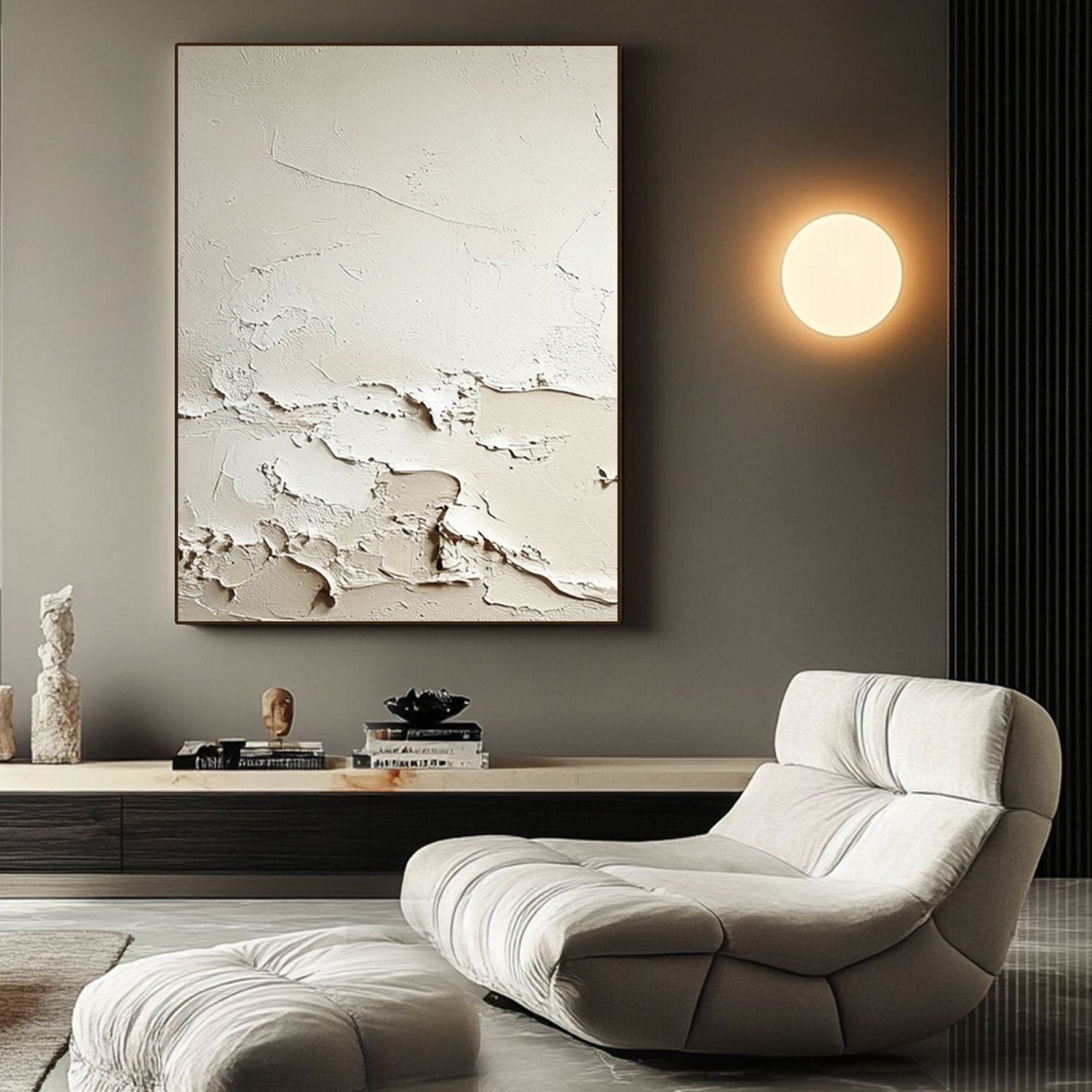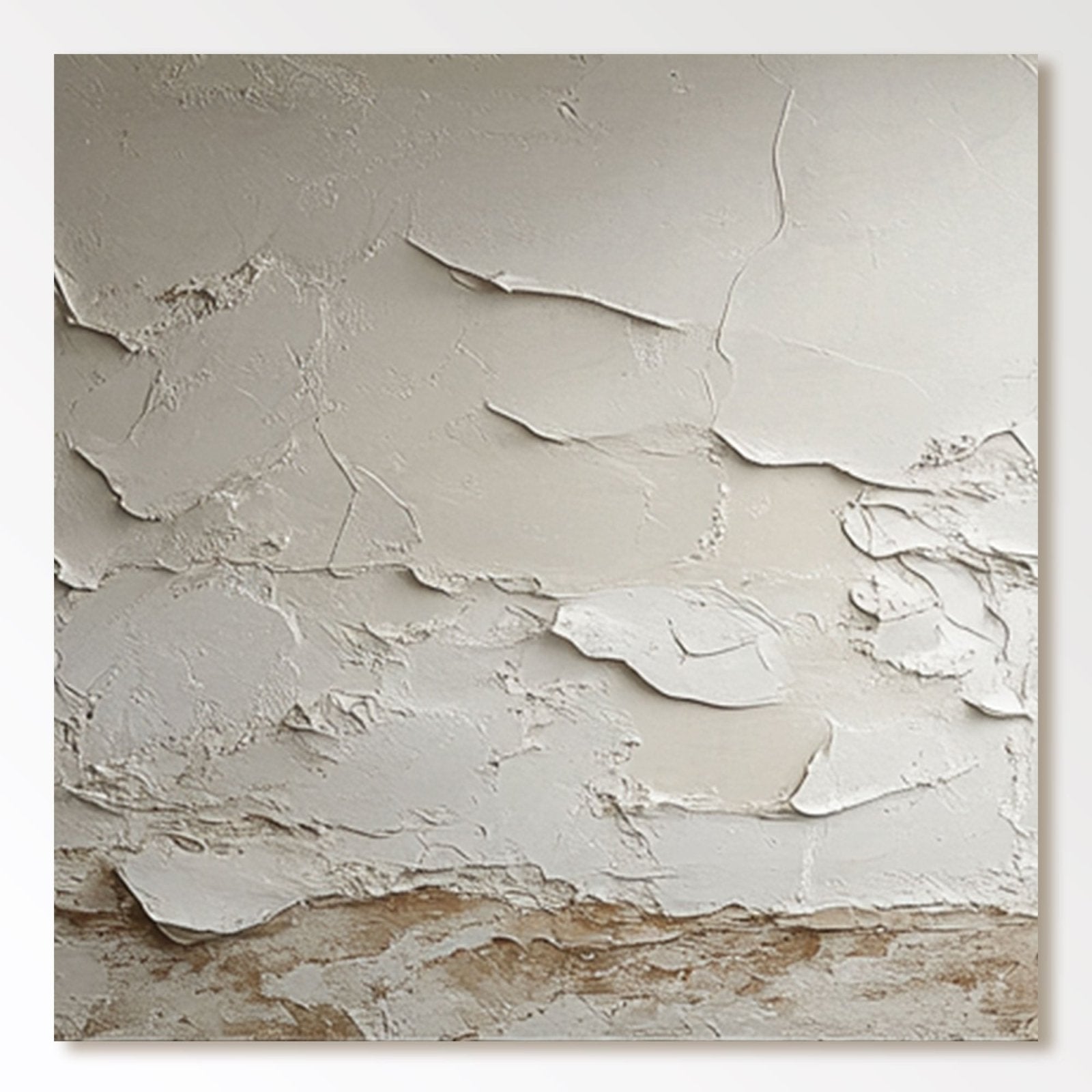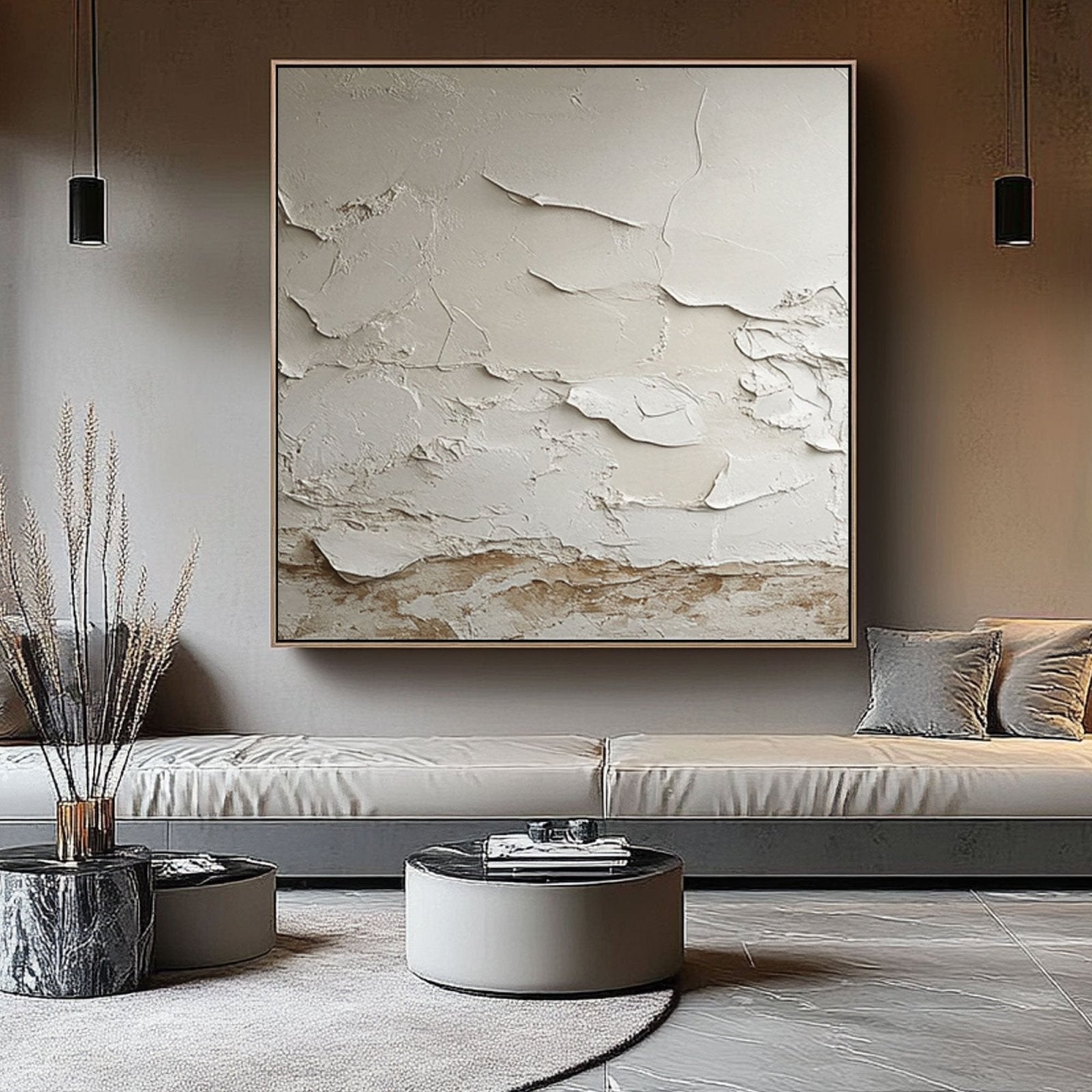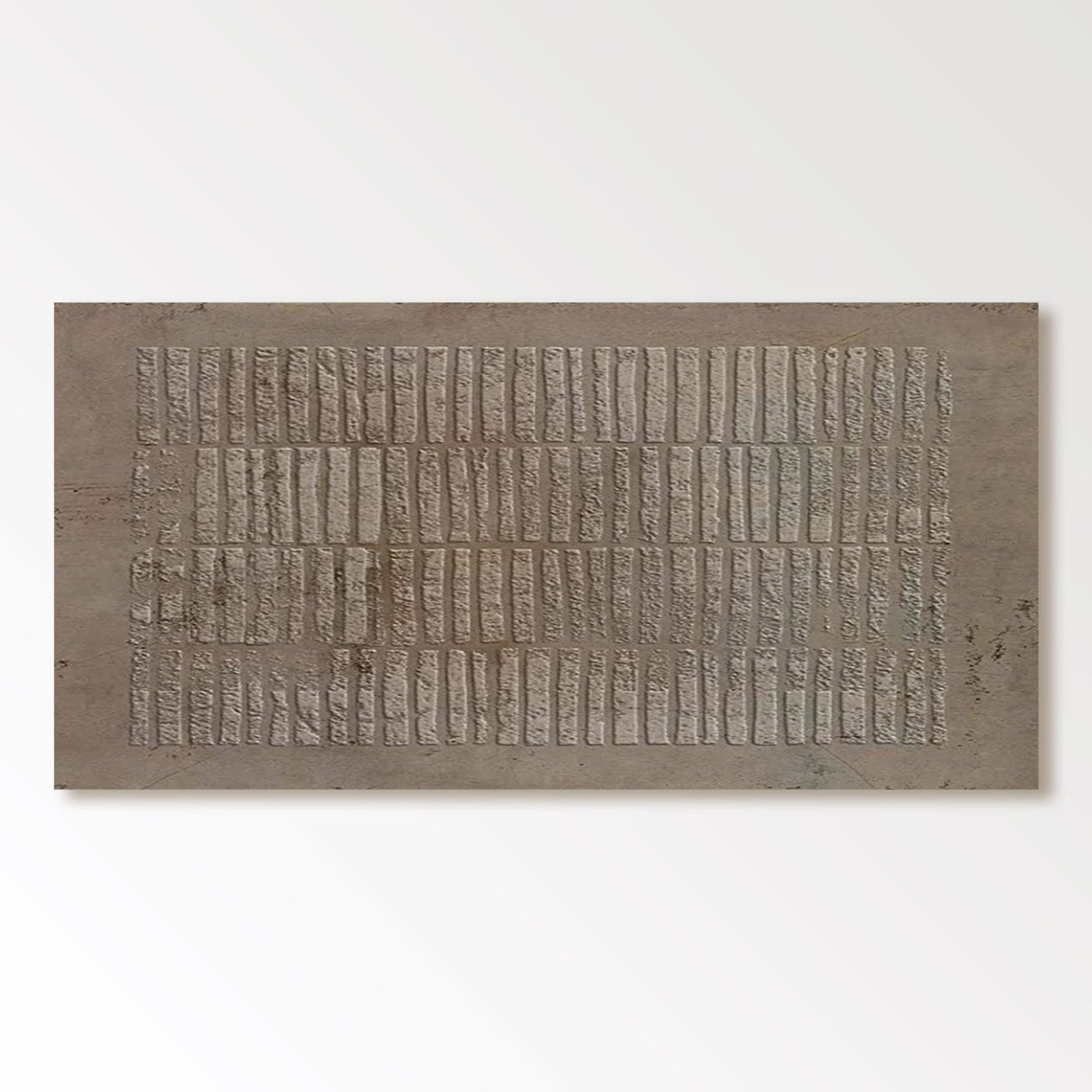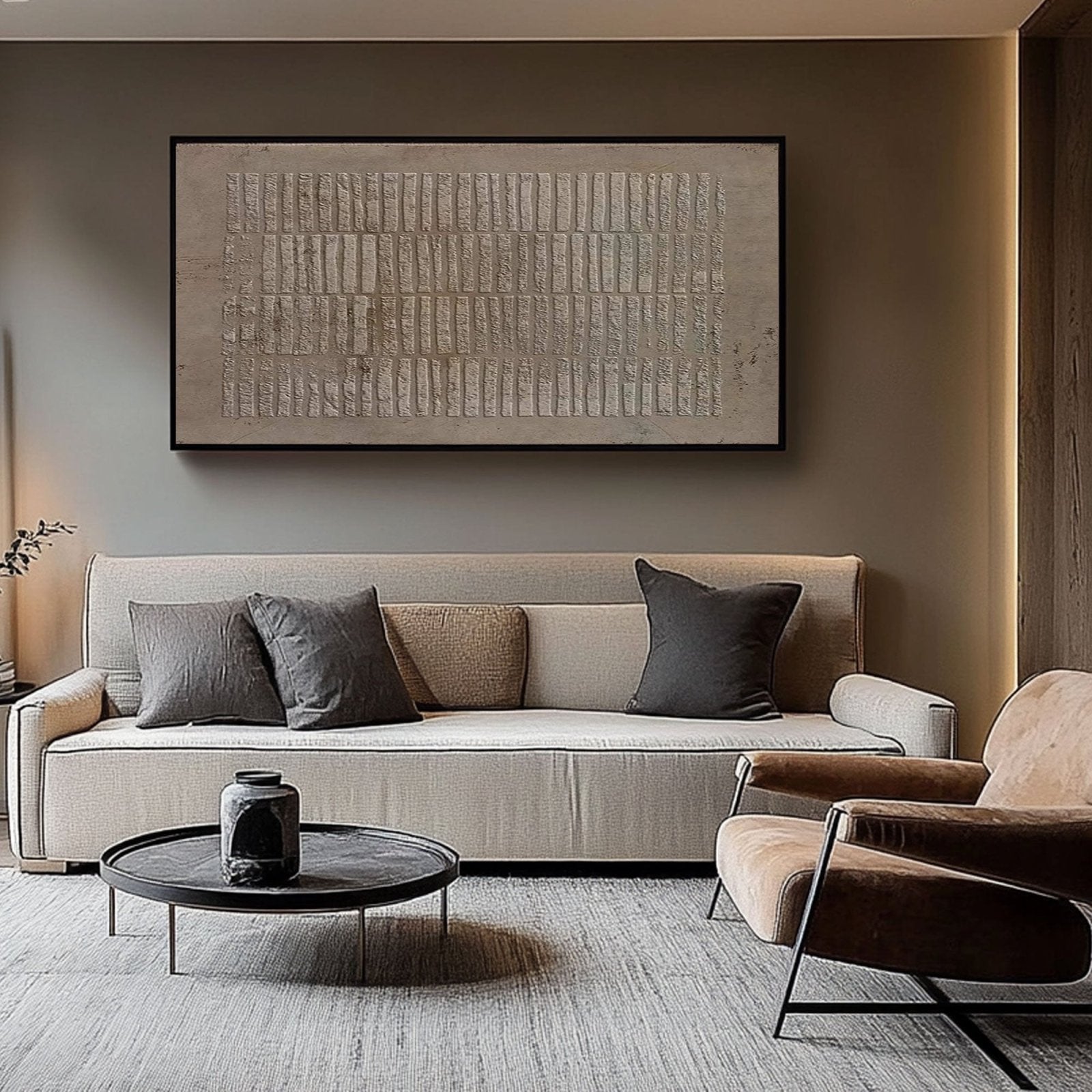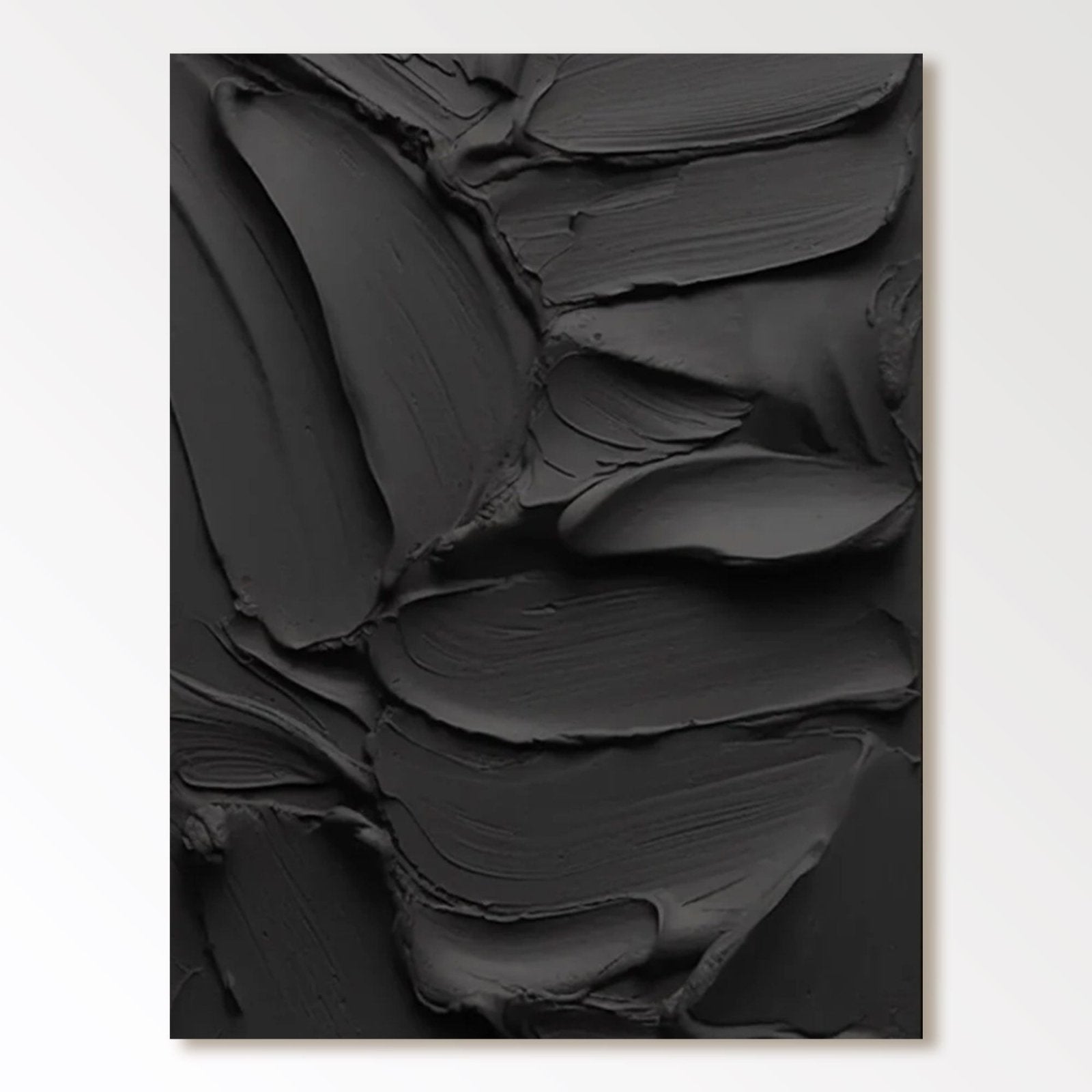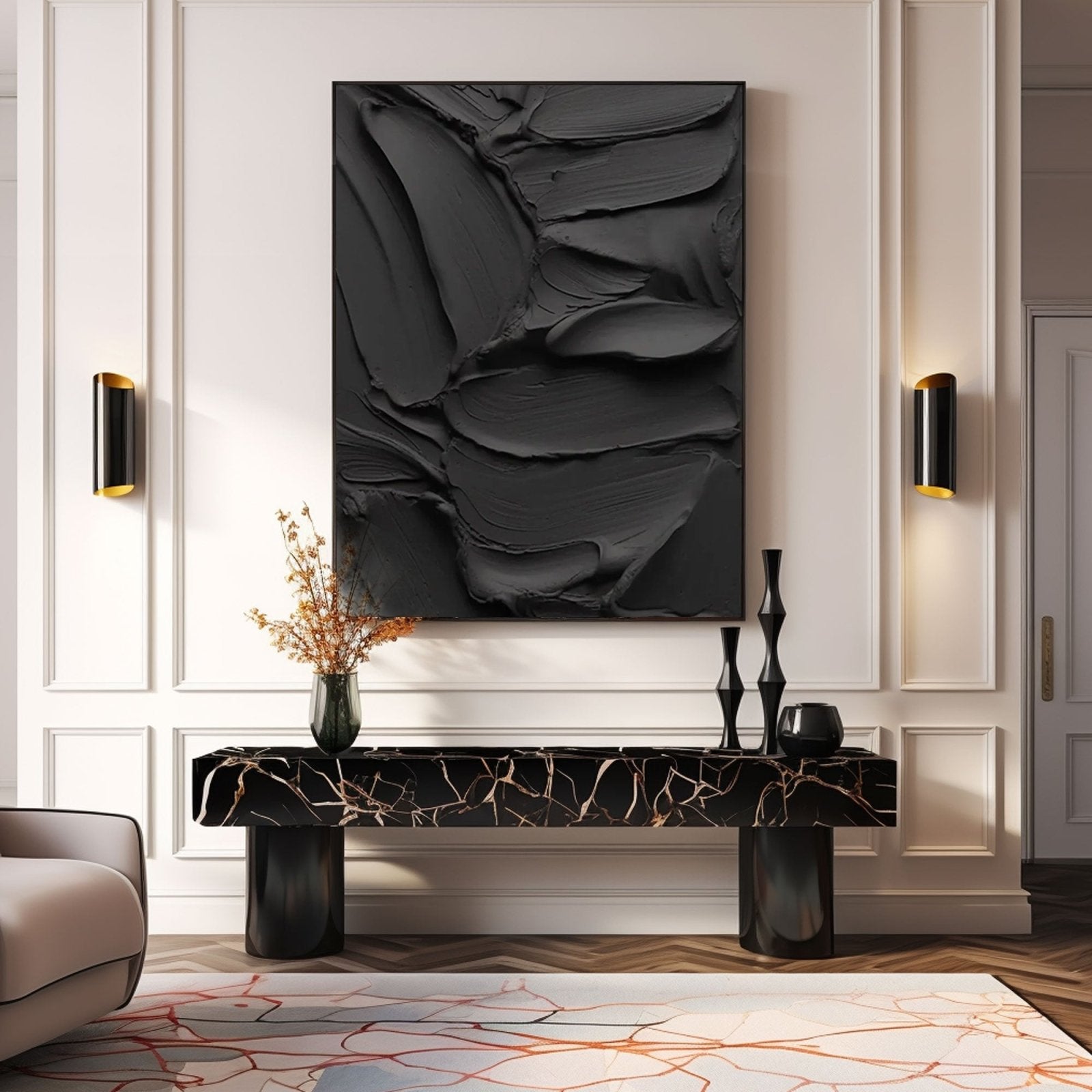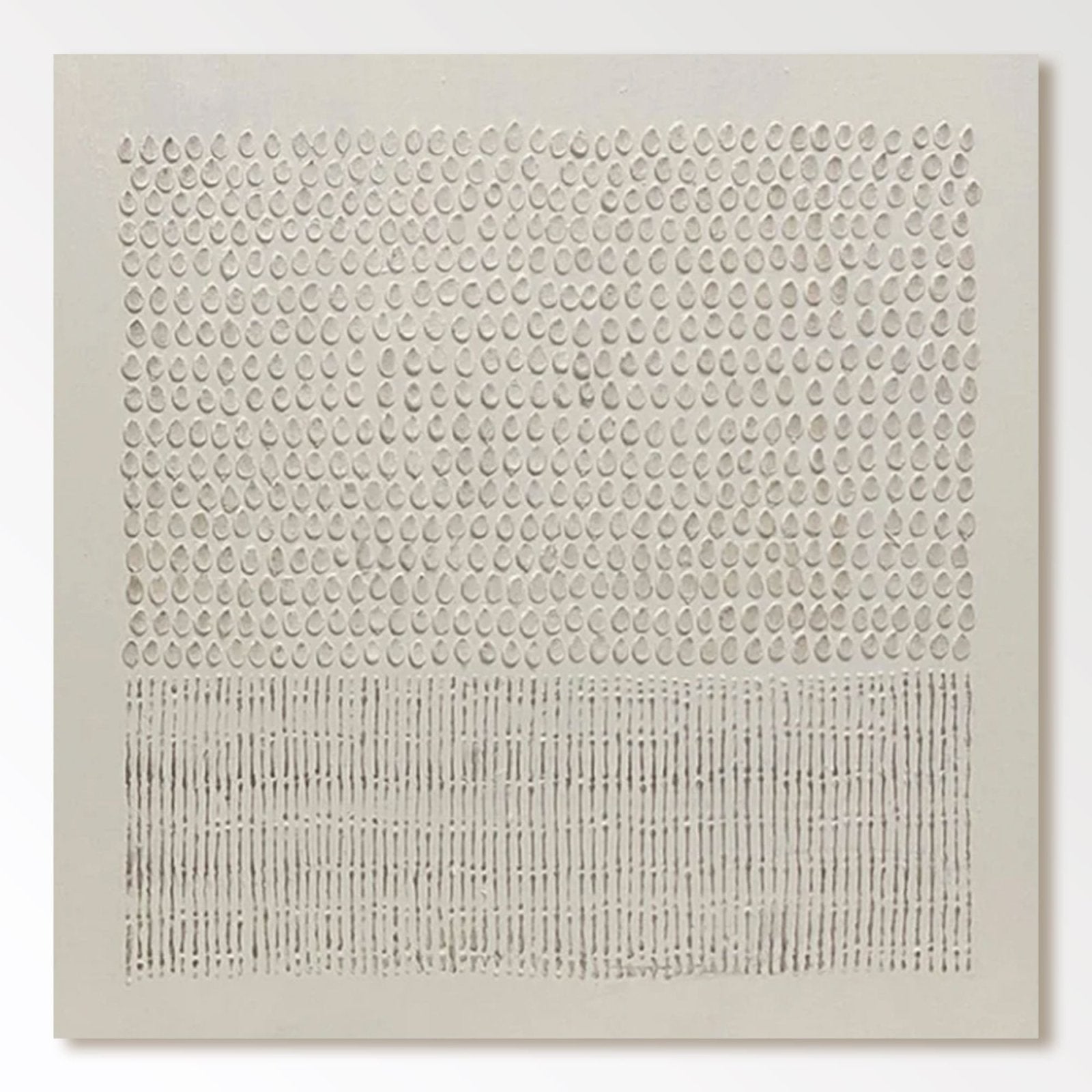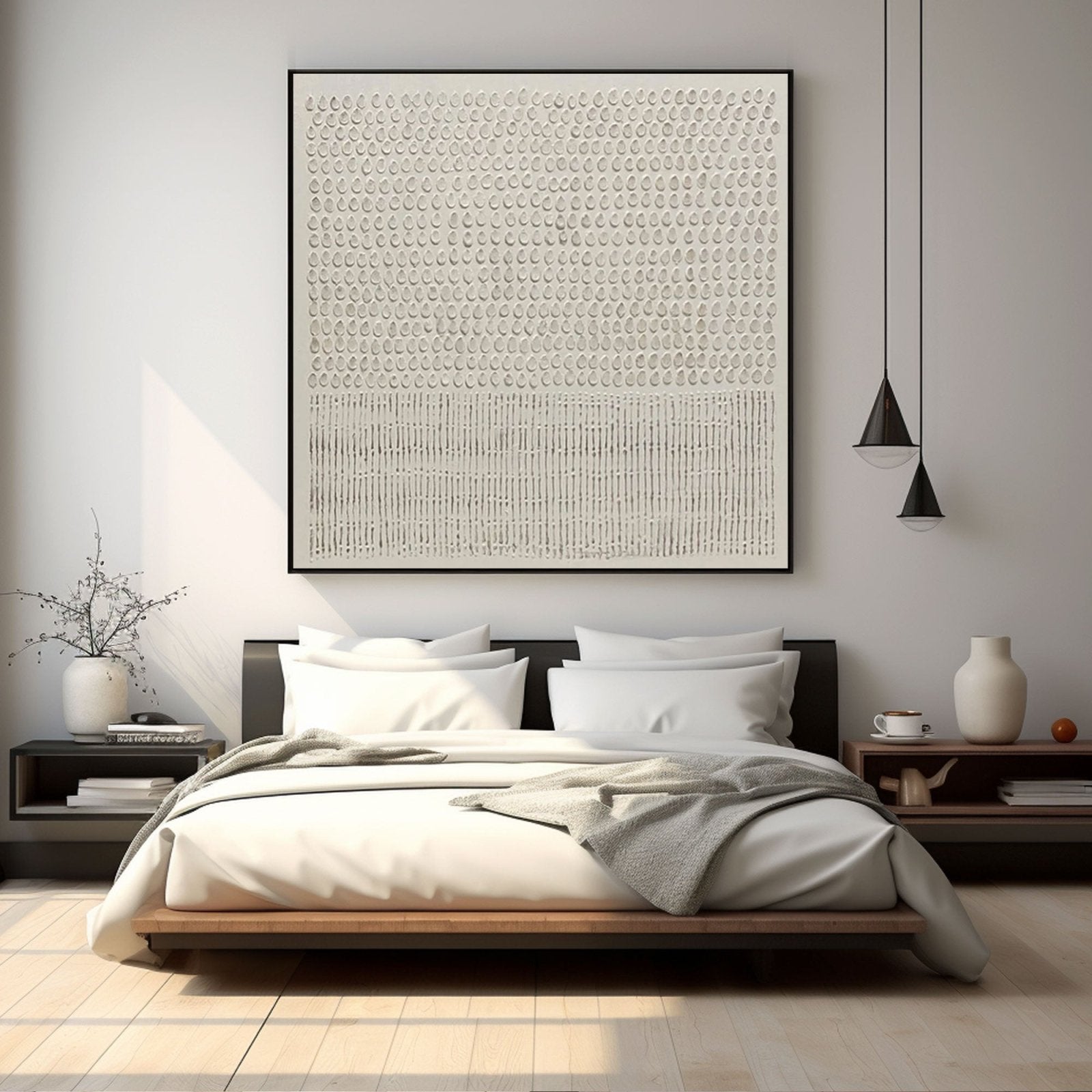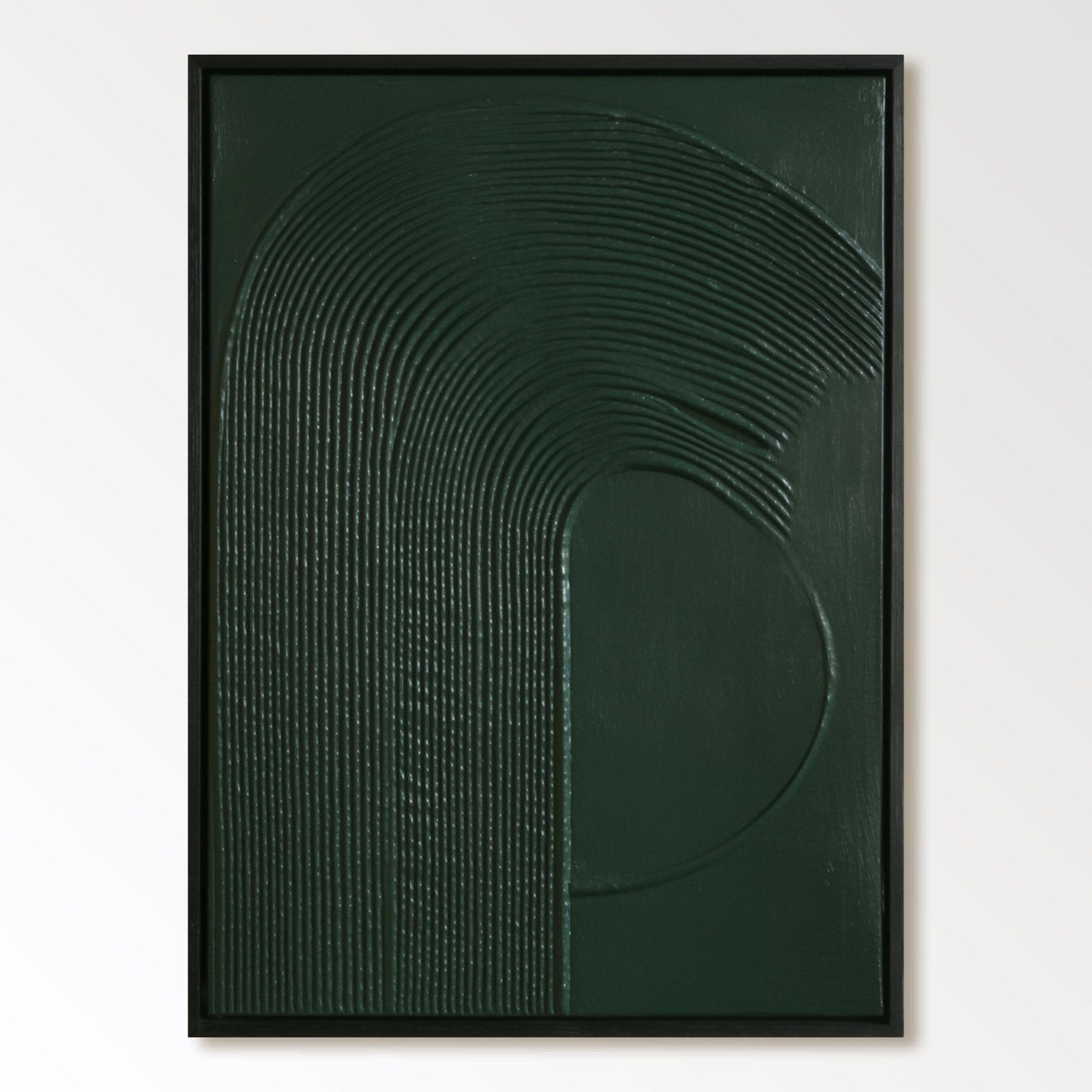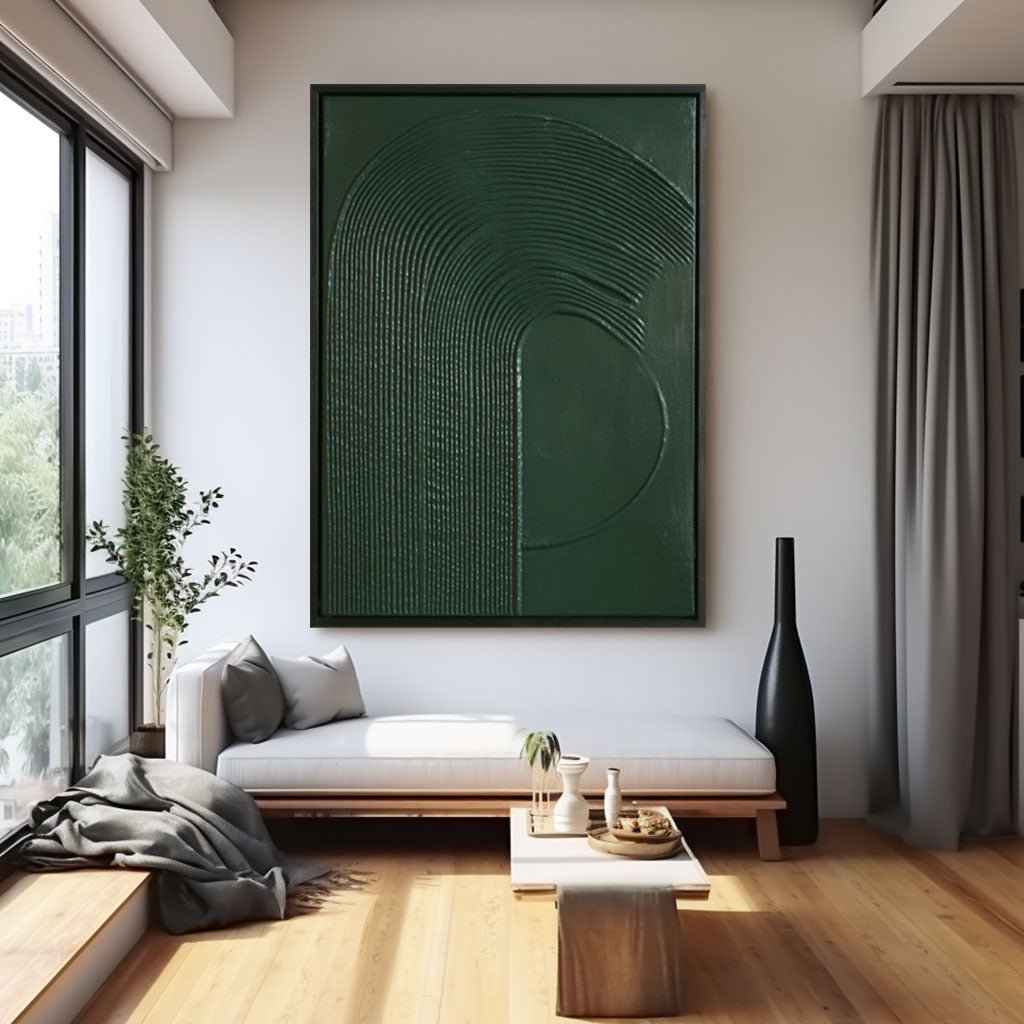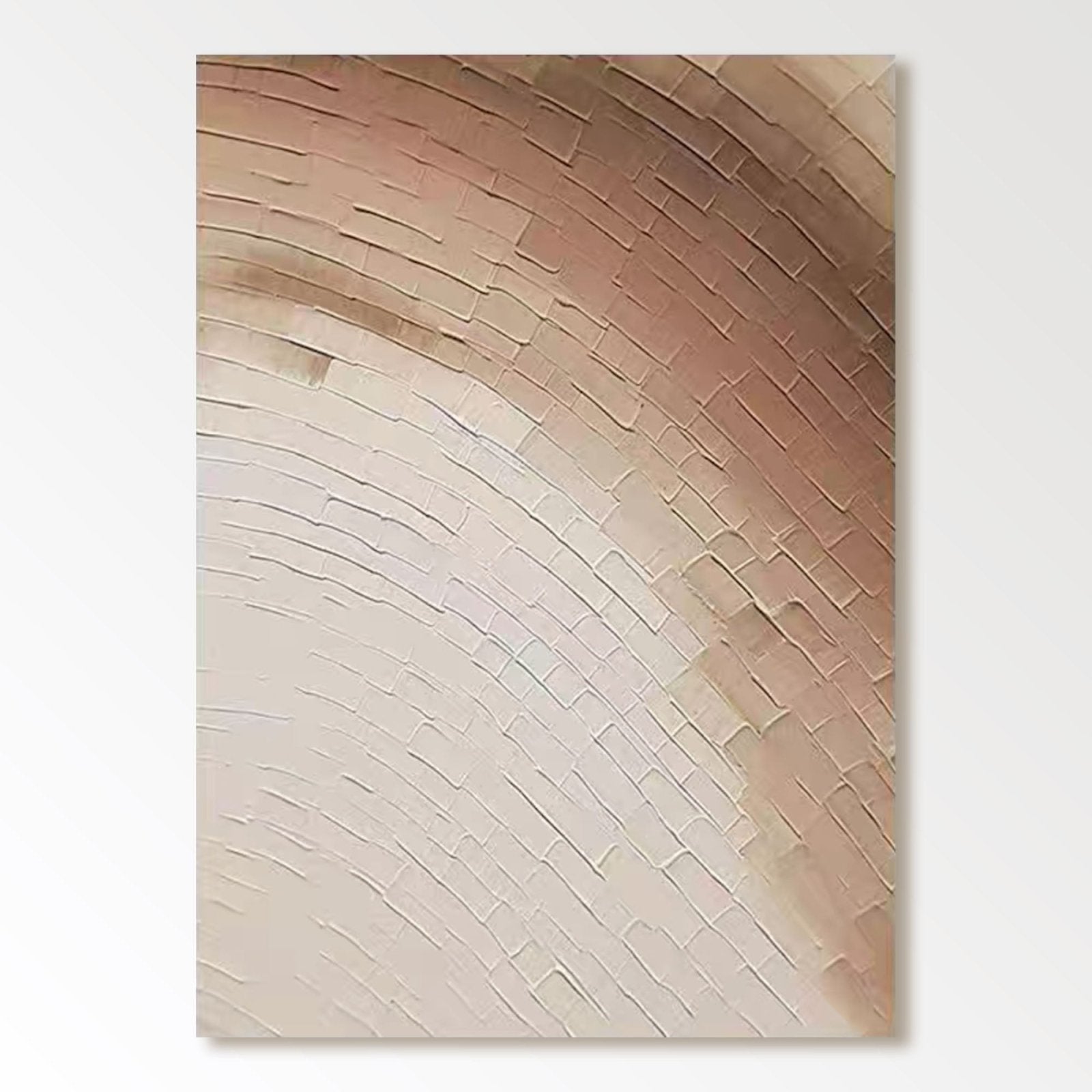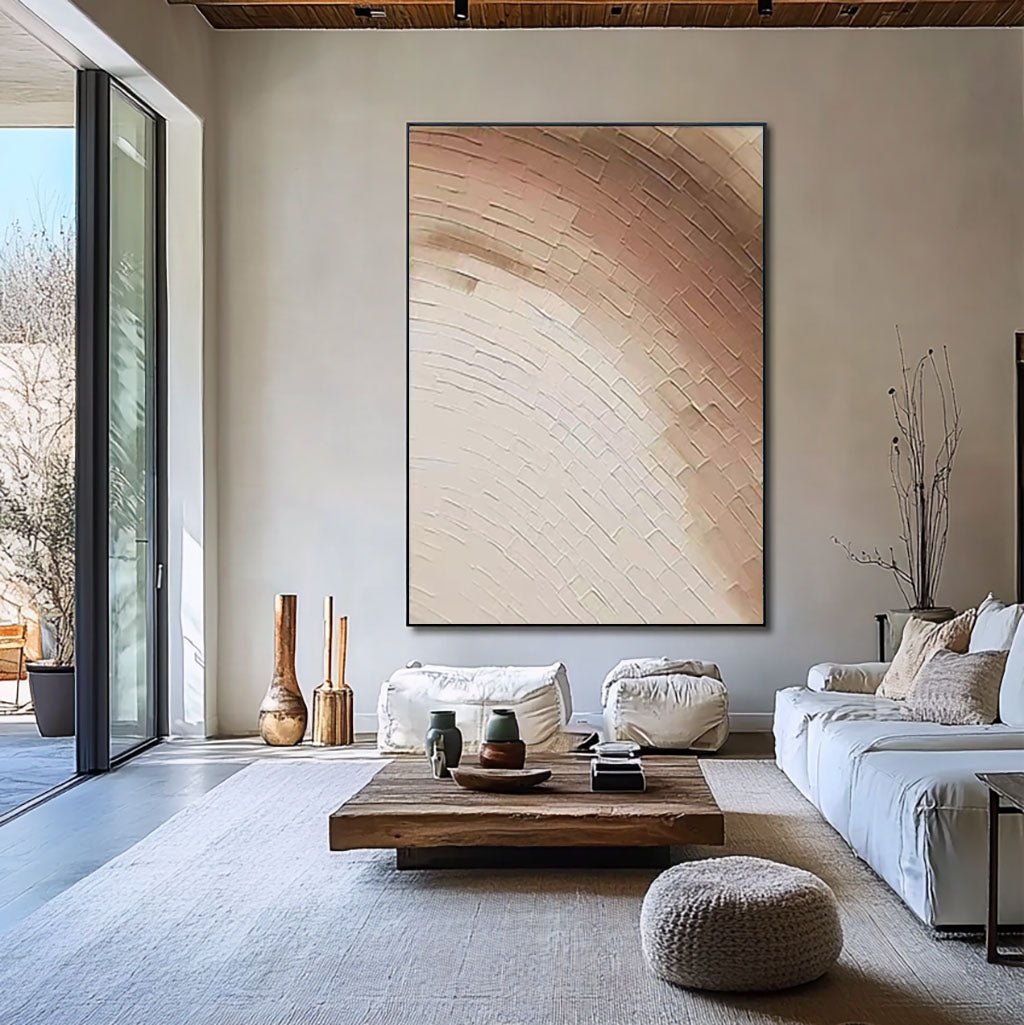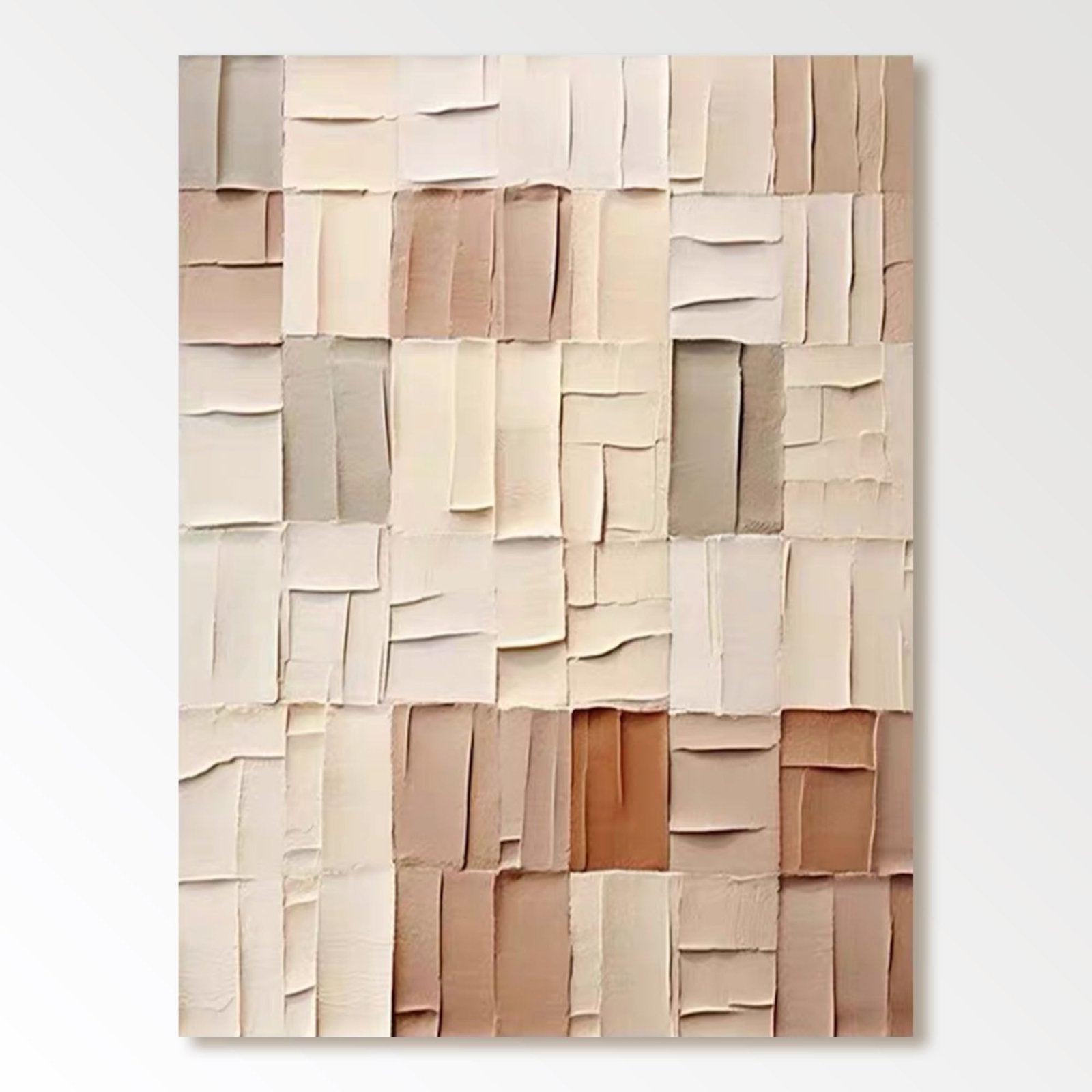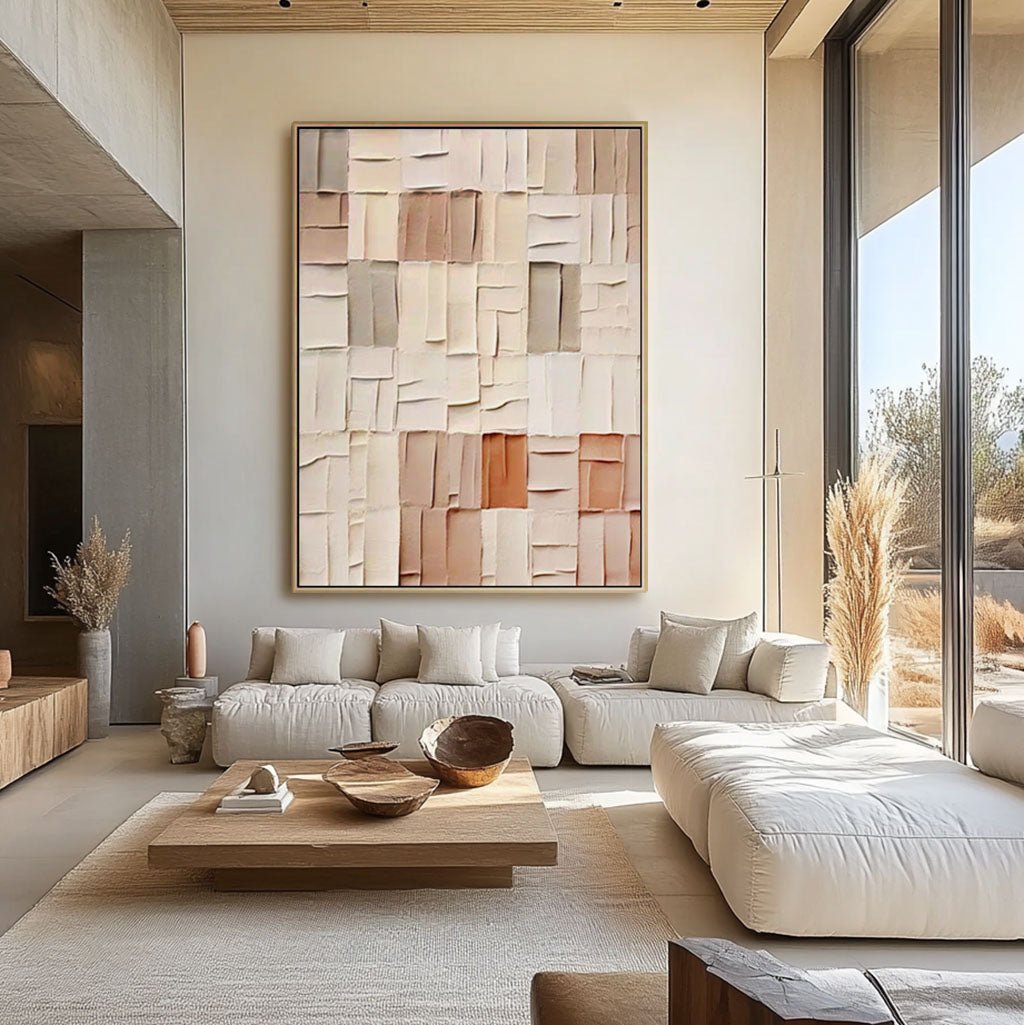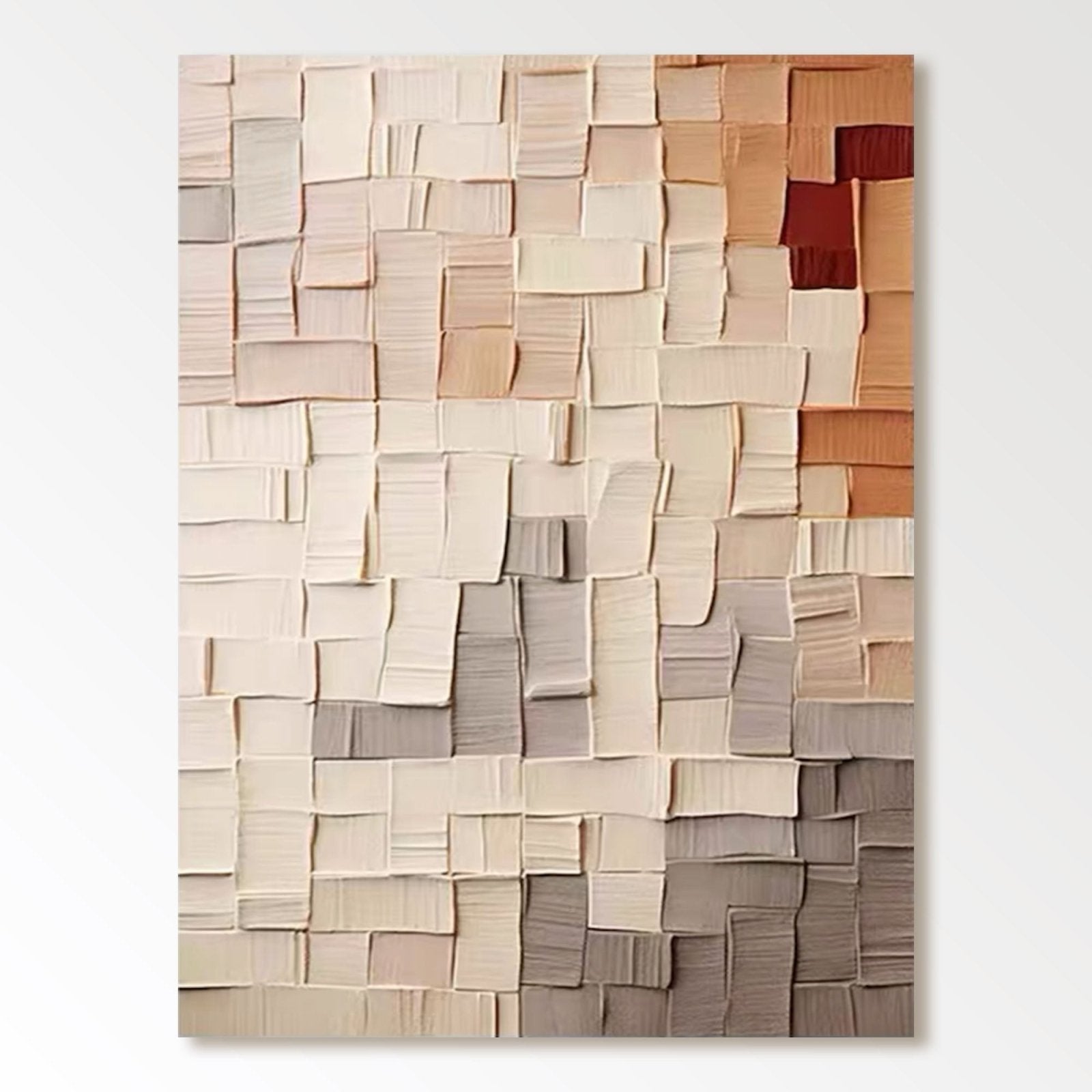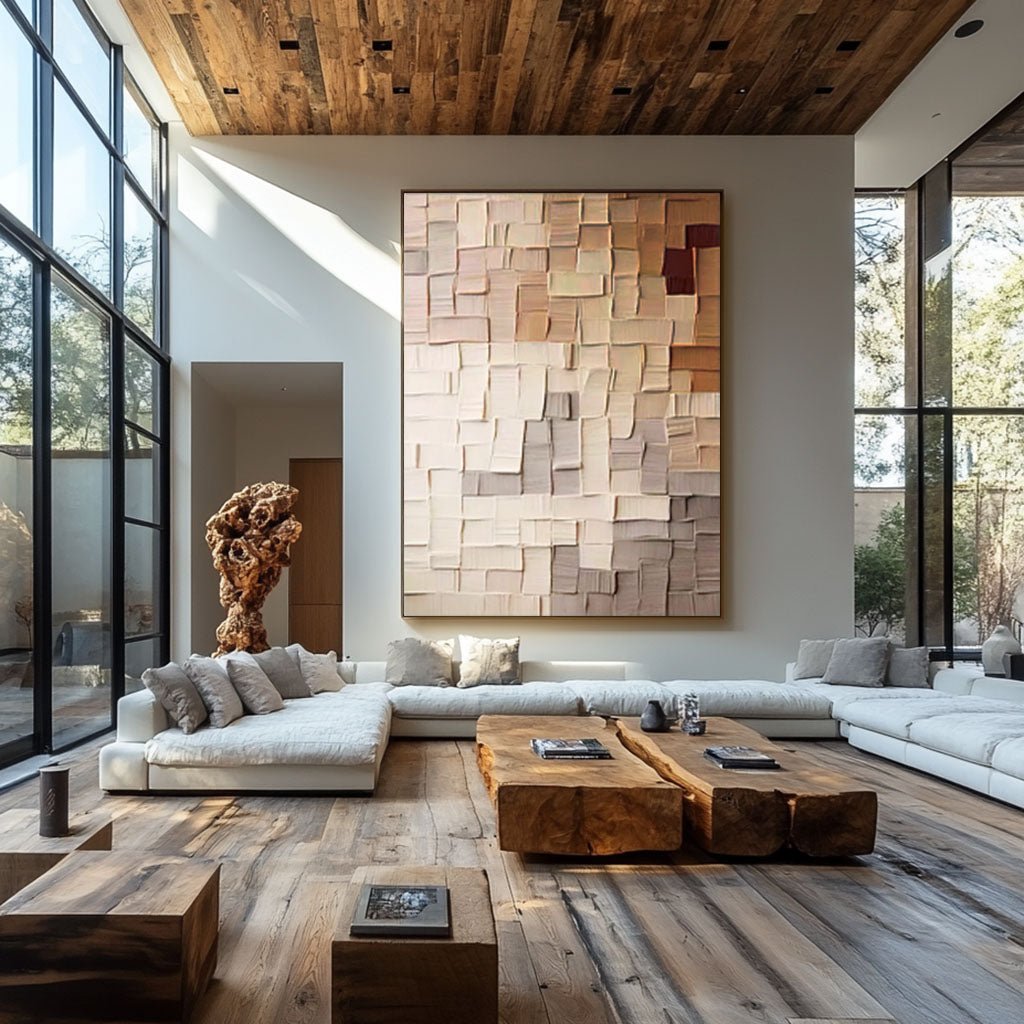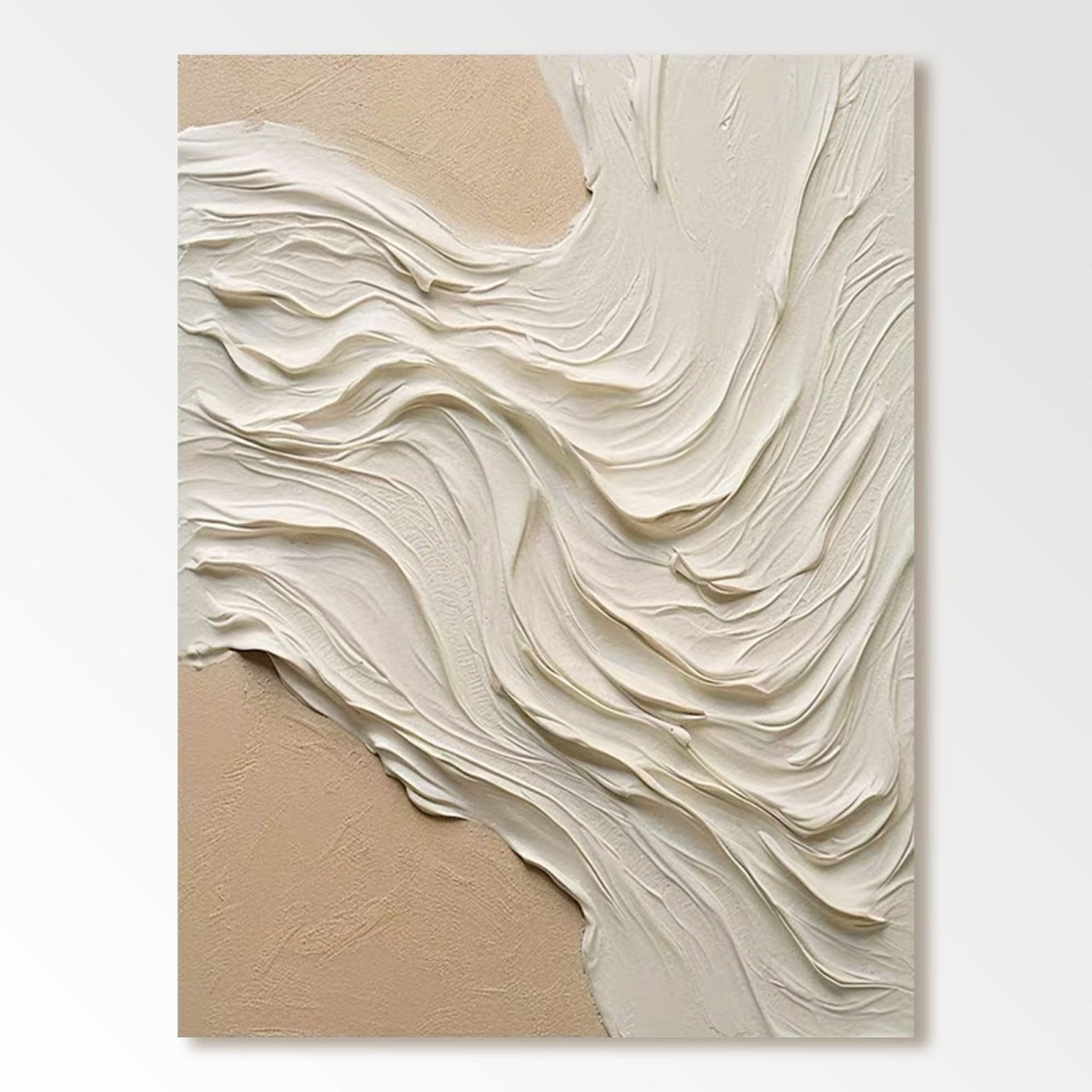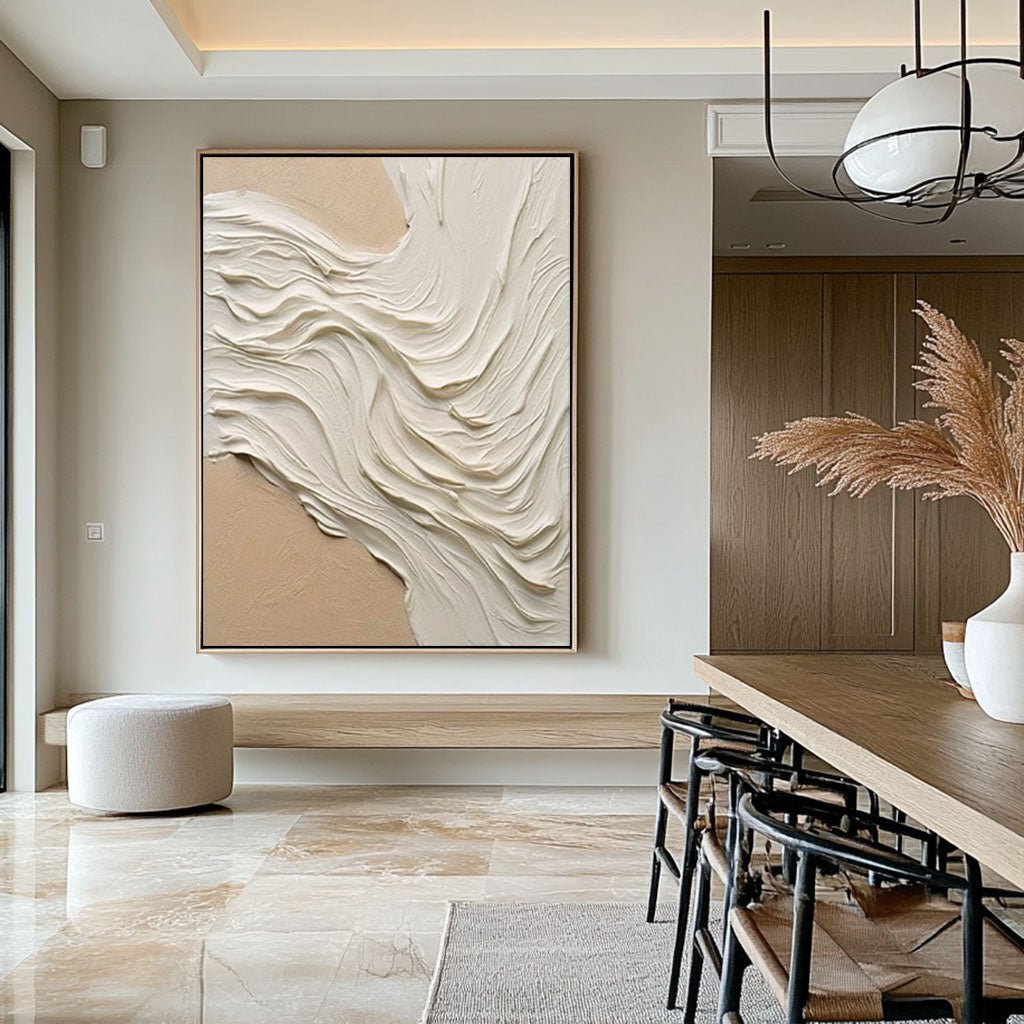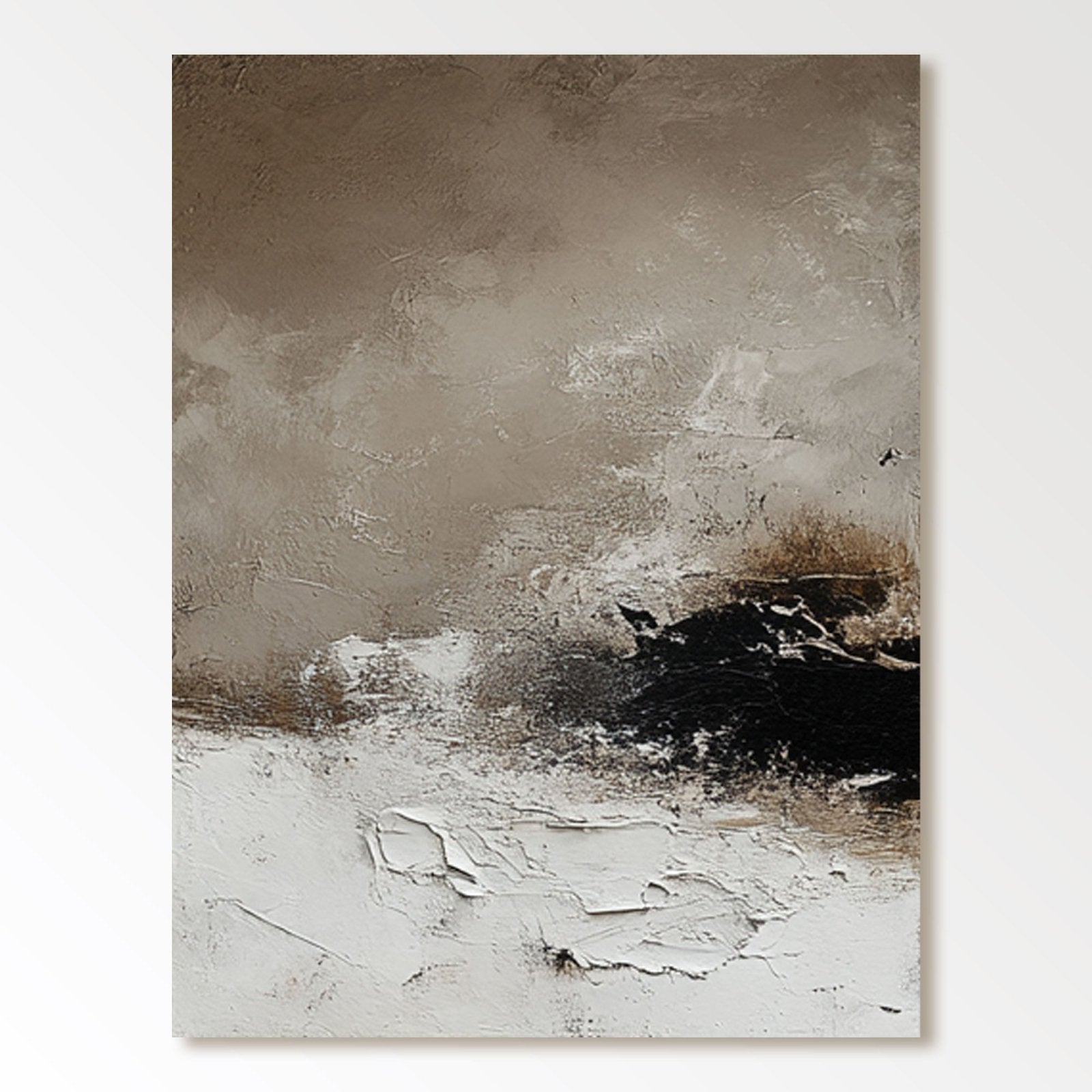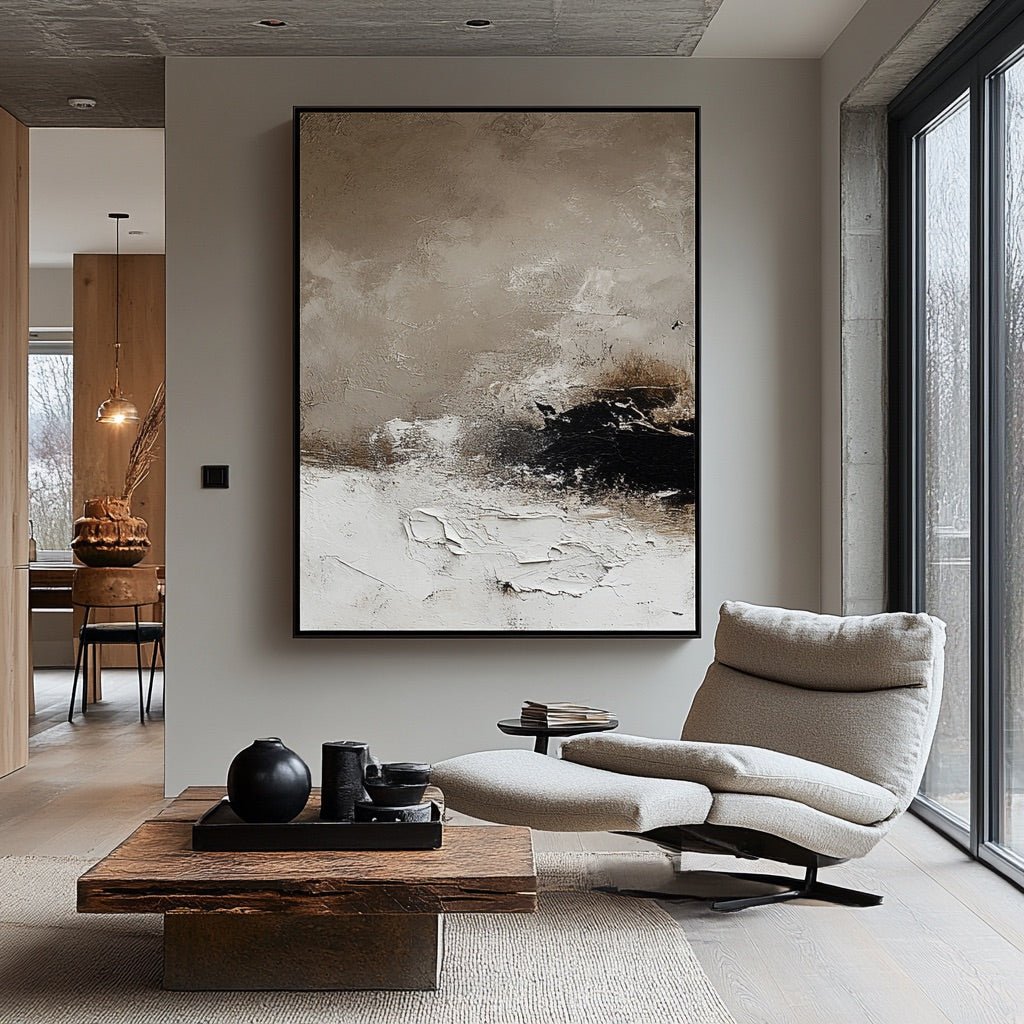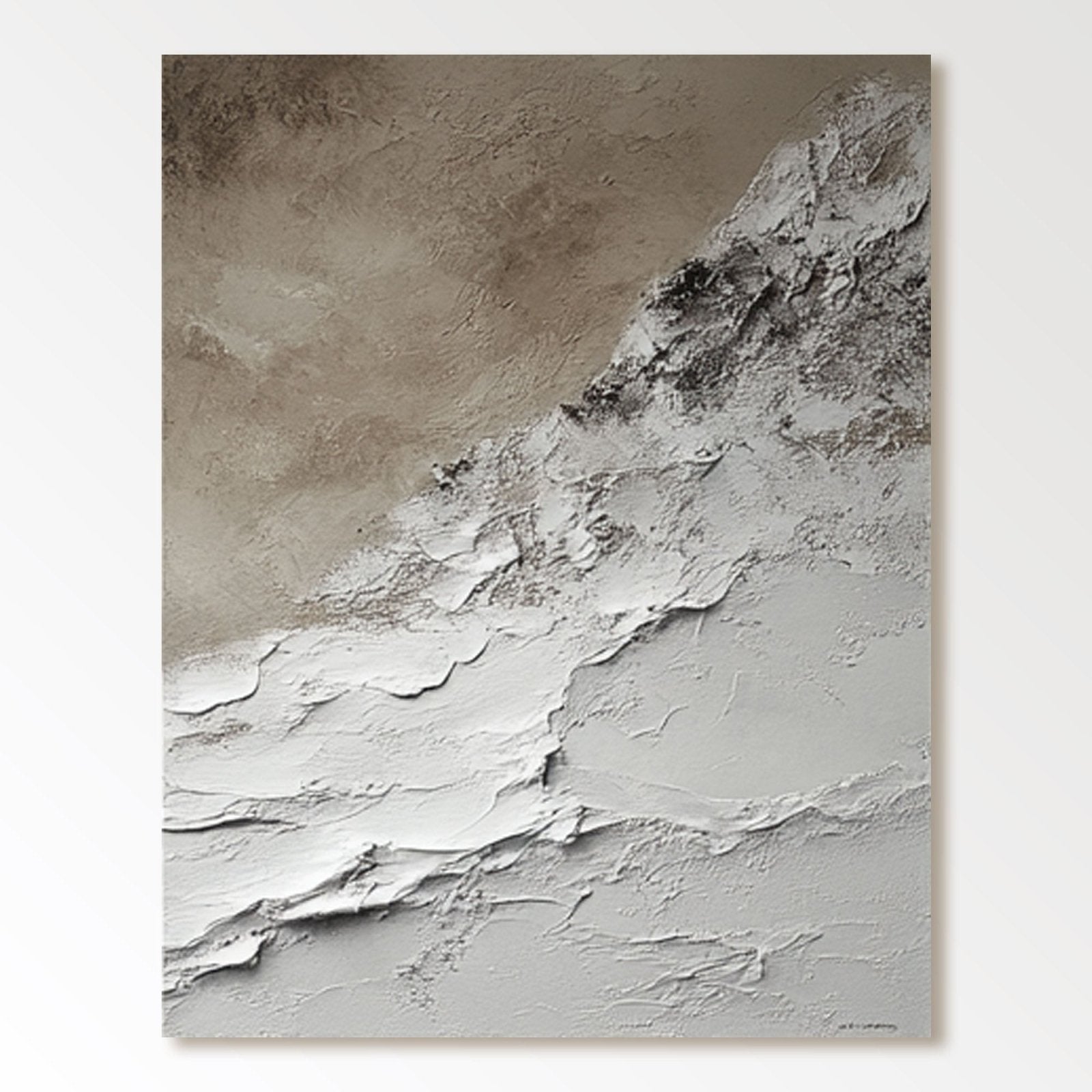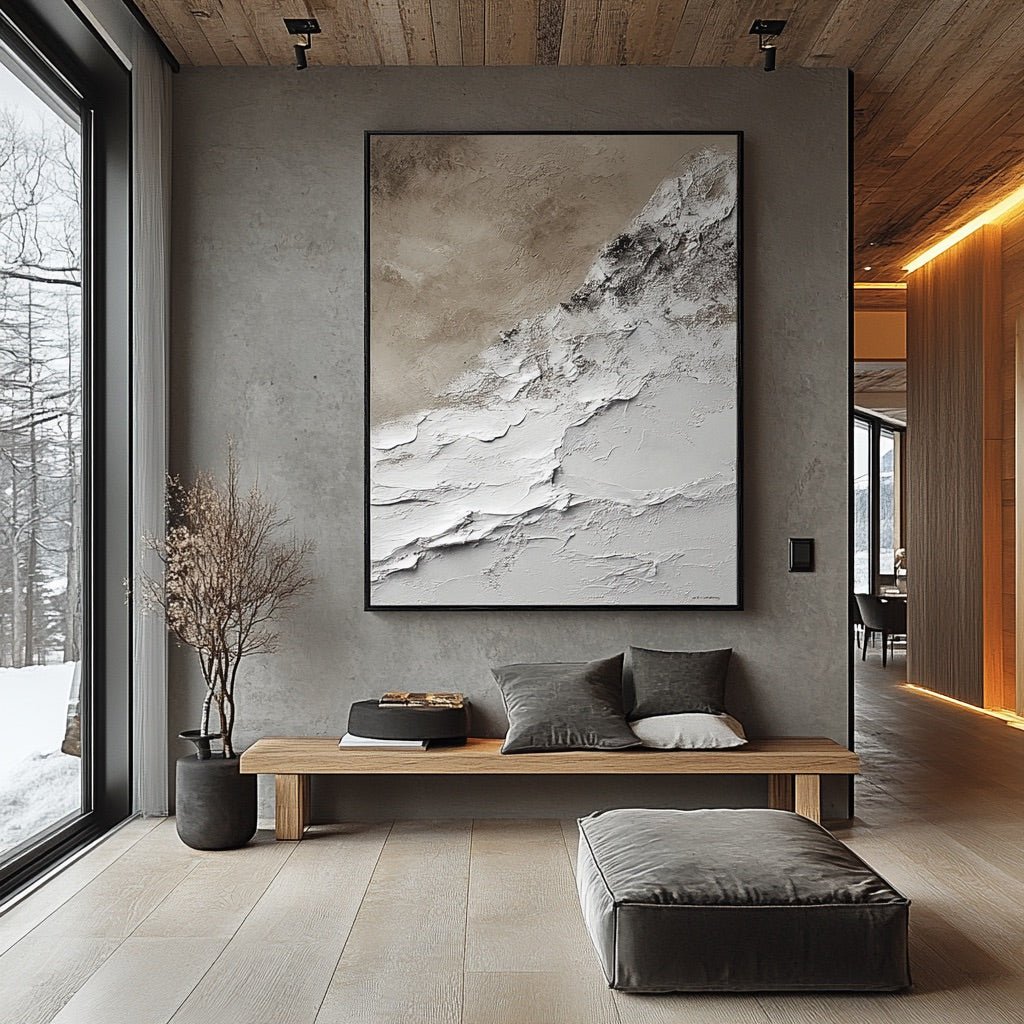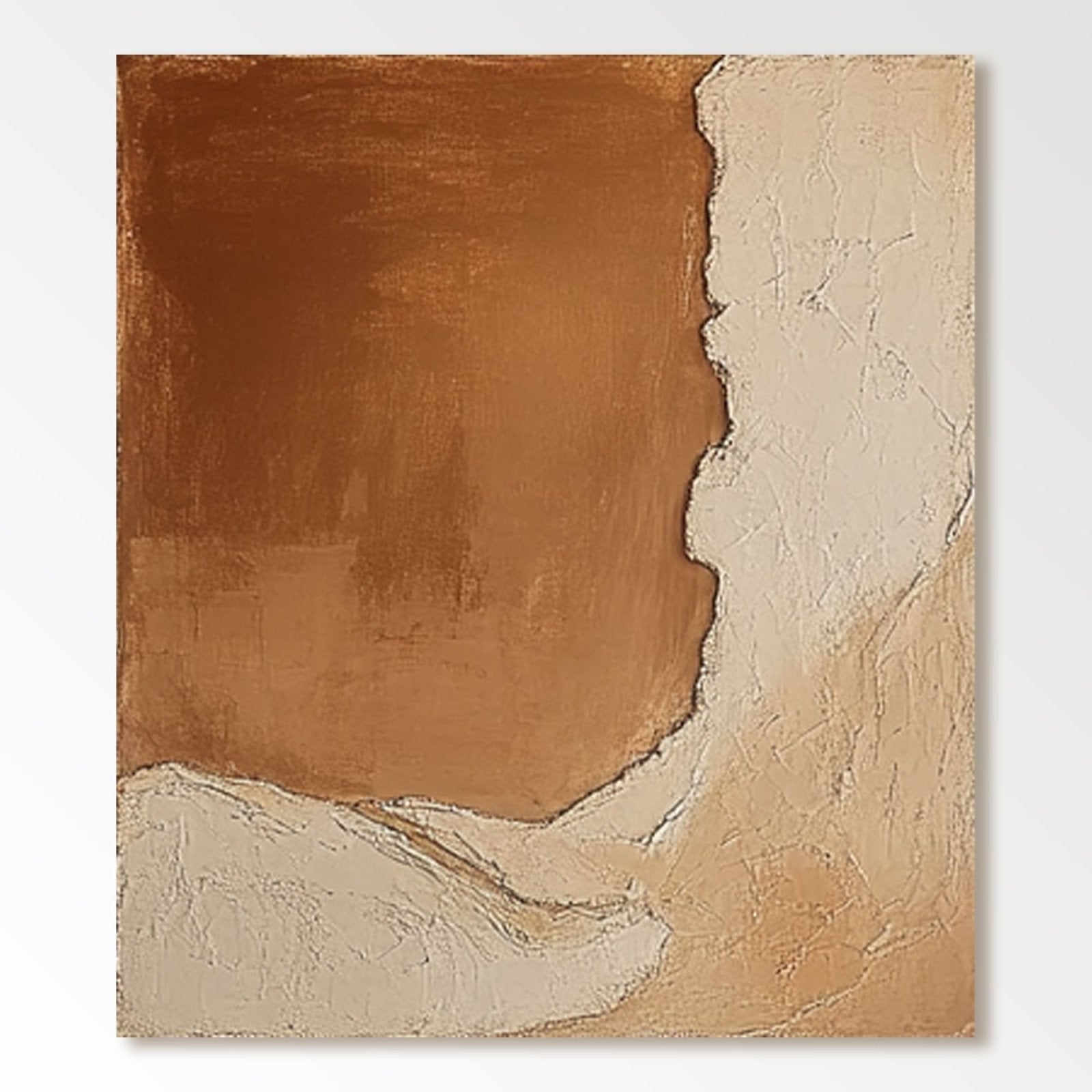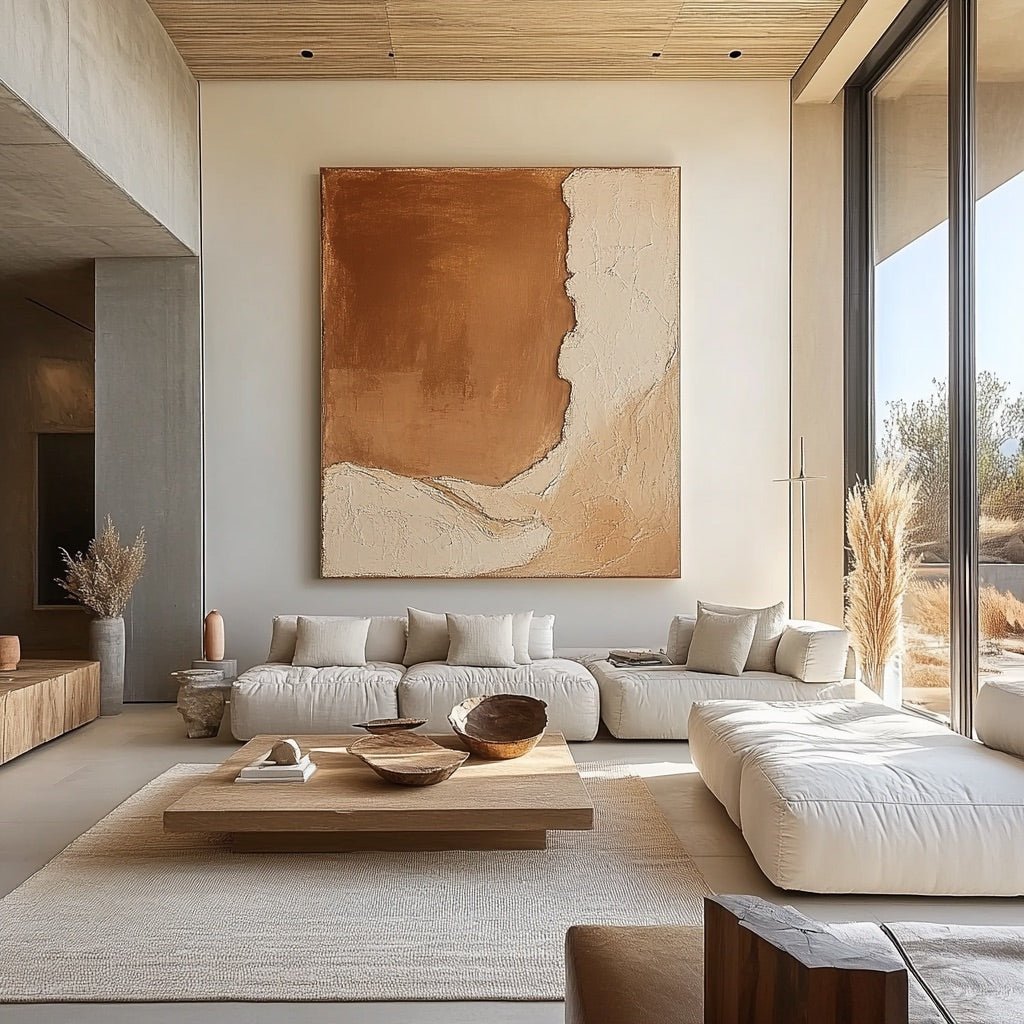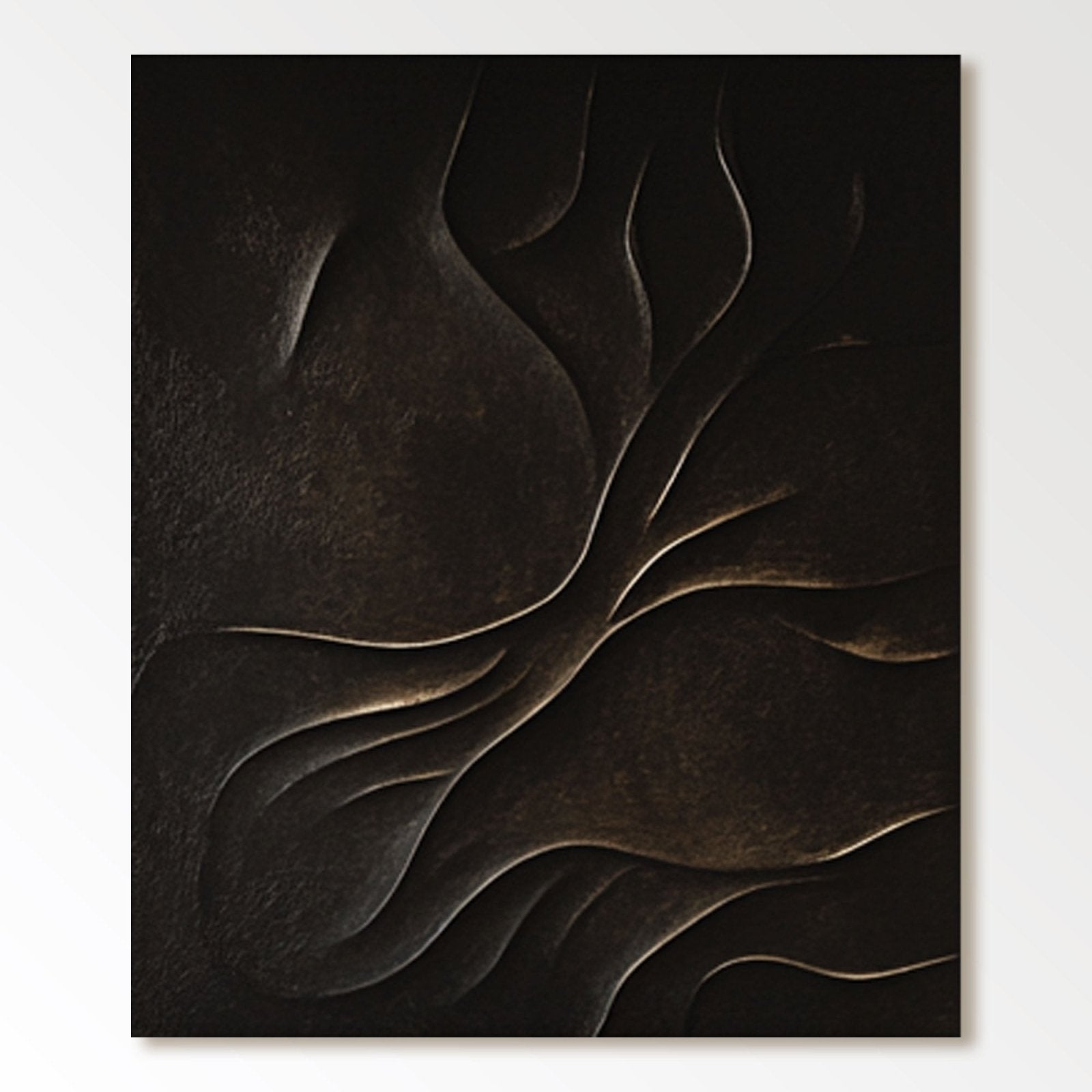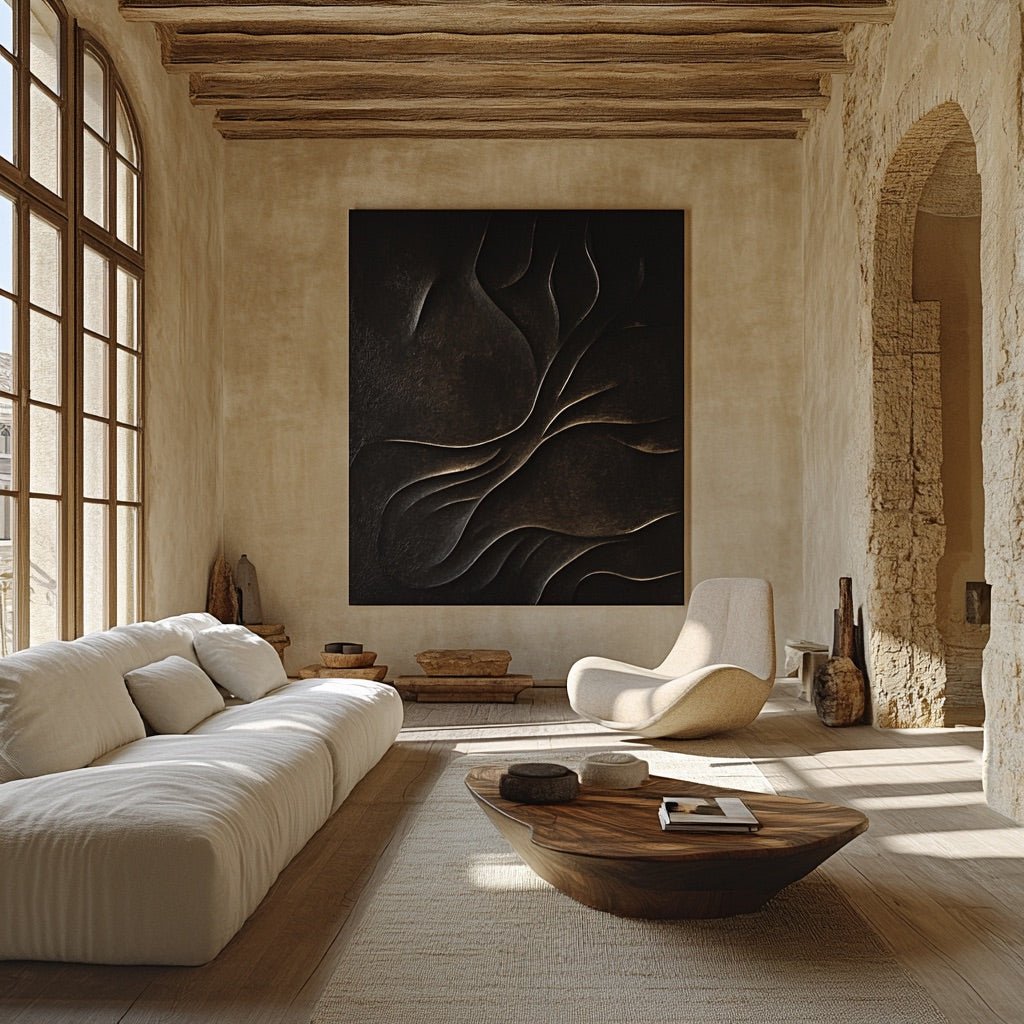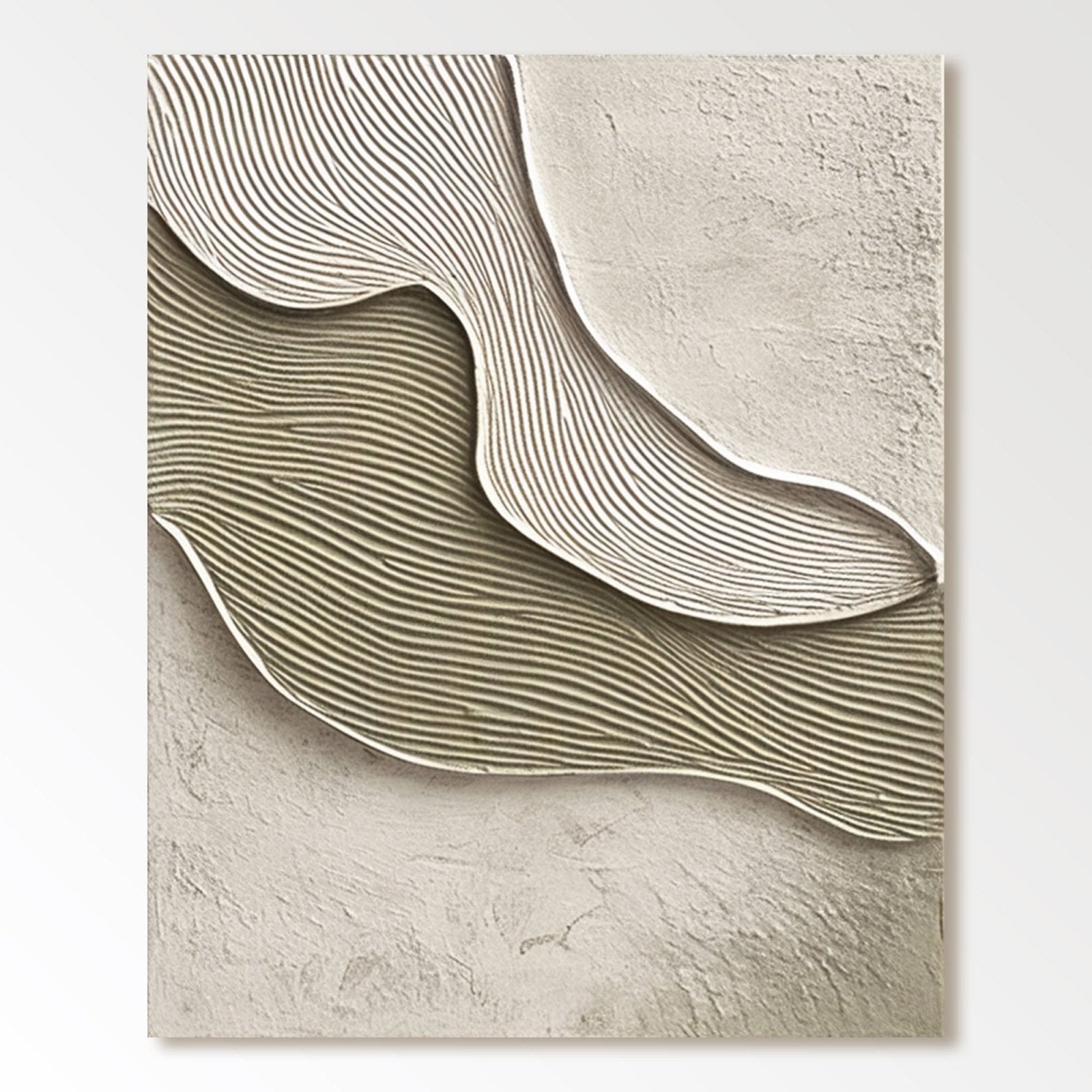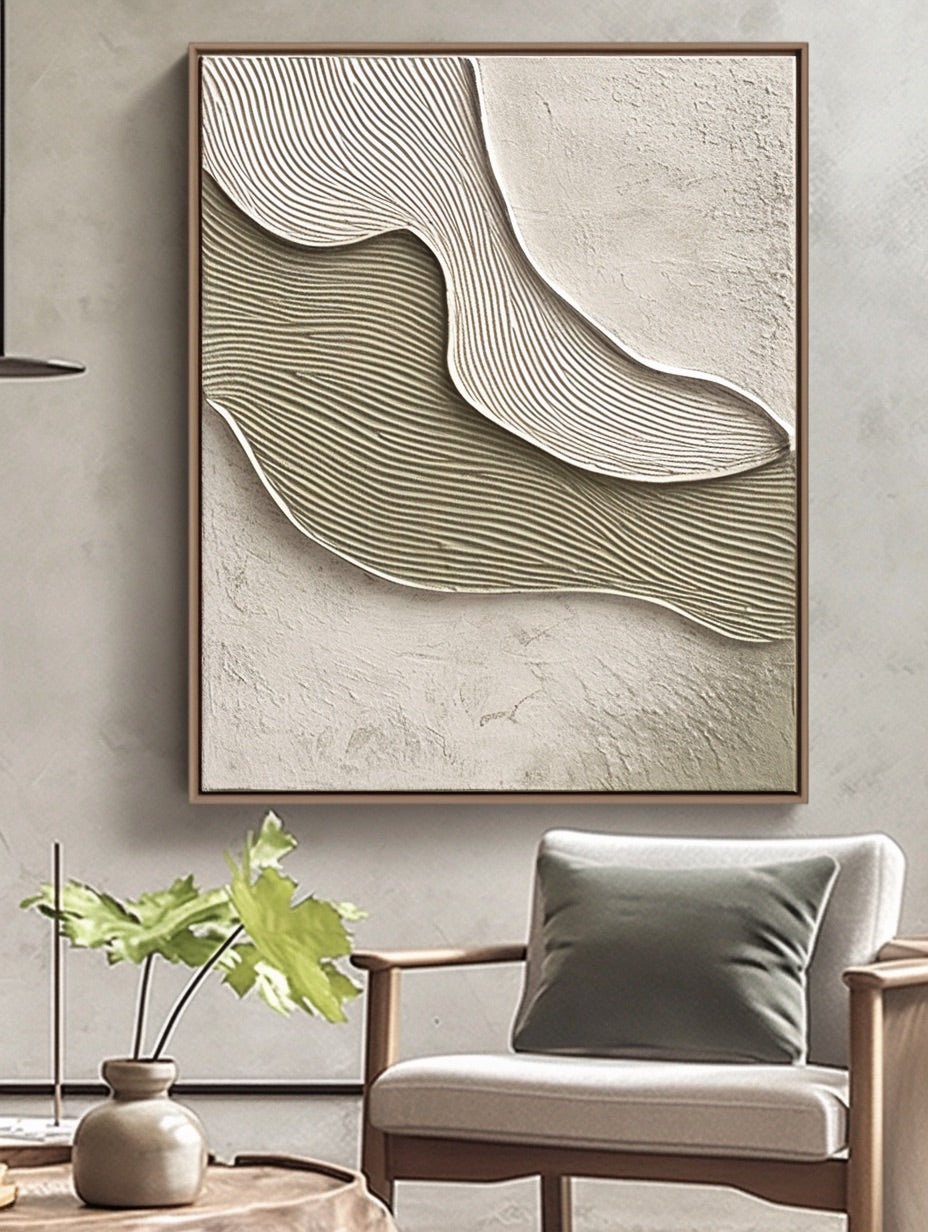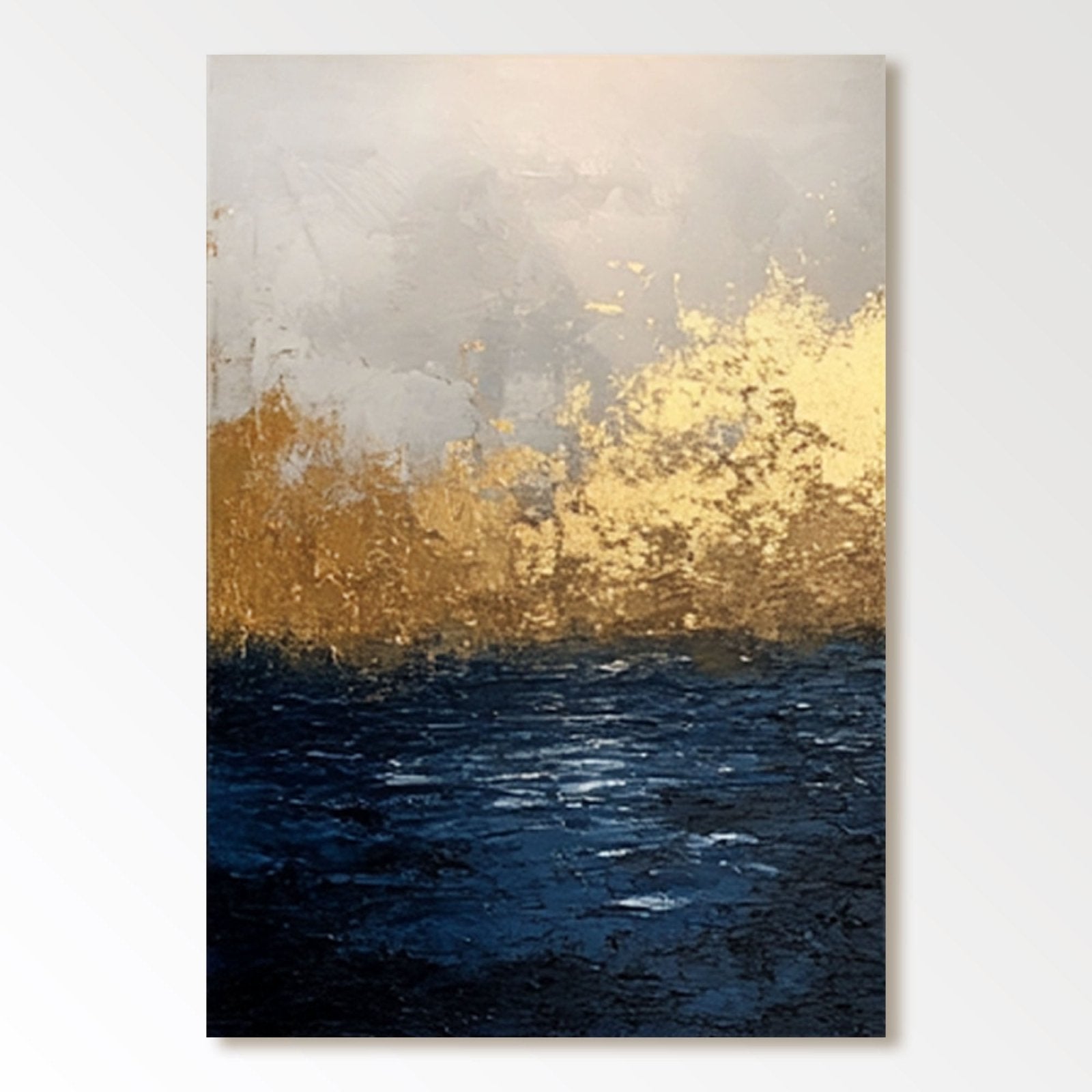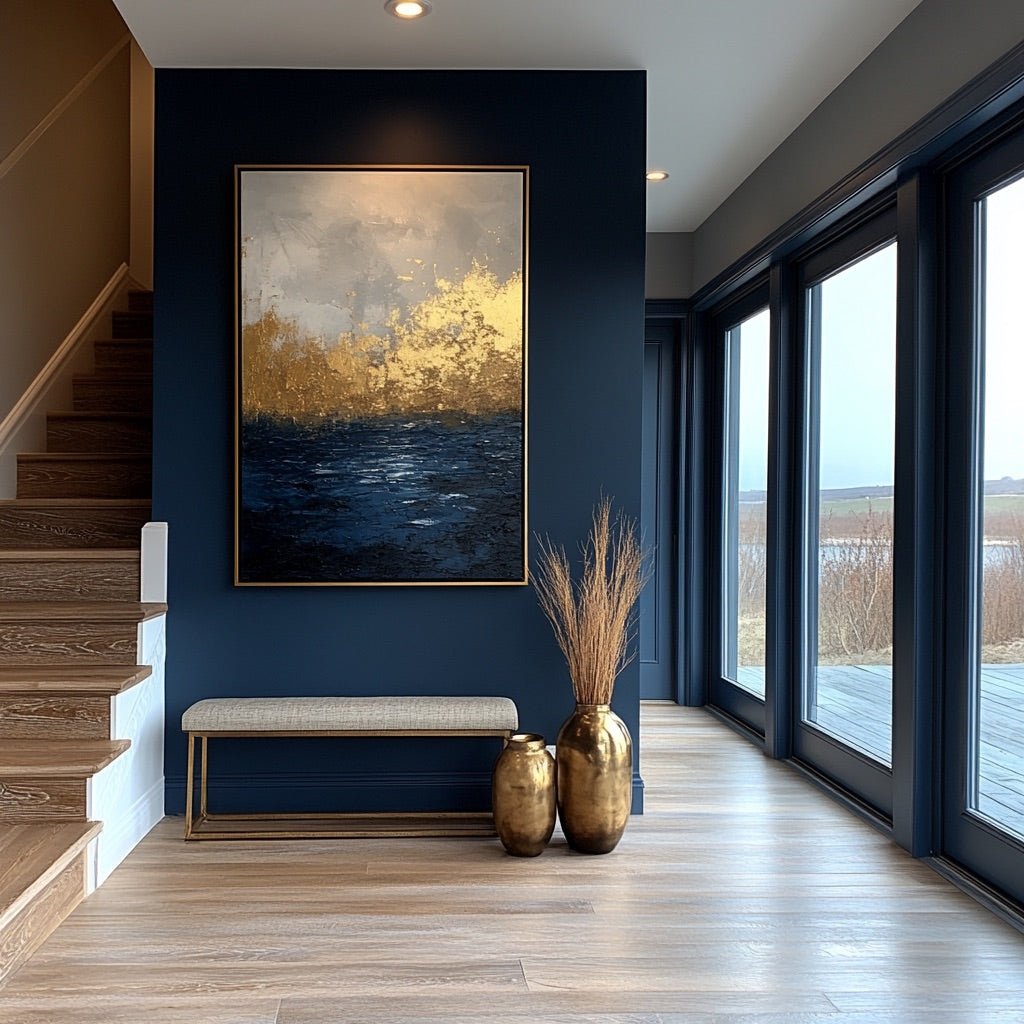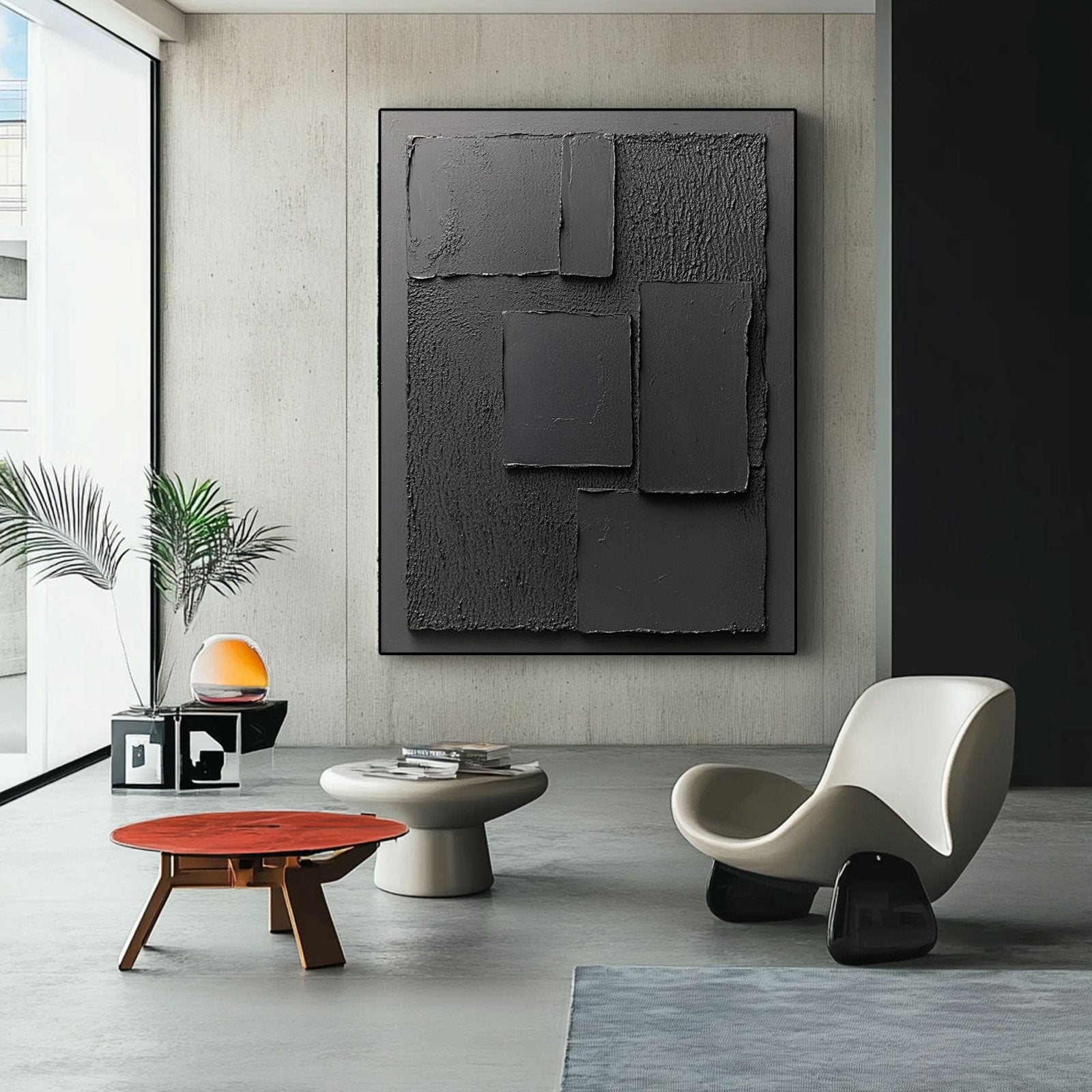Minimalist painting has long captivated art enthusiasts and interior designers alike with its simple yet powerful aesthetic. Unlike other art forms that thrive on complexity, minimalist art emphasizes clarity, simplicity, and a focus on the essential. By stripping down to basic shapes, clean lines, and often a limited color palette, minimalist paintings deliver a sense of calm and sophistication that appeals to modern tastes. Let's explore what makes minimalist painting so unique and how it continues to influence contemporary art and design.
1. The Essence of Minimalist Art
At its core, minimalist art is about reducing elements to their simplest form. Minimalist paintings often employ a limited color scheme, with black and white minimalist art being particularly popular. These pieces focus on creating impact through contrast, symmetry, and balance. The simplicity of minimalist wall art allows viewers to connect with the underlying essence of the artwork, sparking personal interpretation and emotion.
2. Minimalist Abstract Art: Simplicity in Complexity
Minimalist abstract art finds beauty in the basics, using simple geometric shapes, lines, and textures to create depth. Abstract painting minimalist styles may appear simple at first glance, but they often convey profound ideas through subtle design choices. Minimalist abstract paintings challenge traditional notions of what makes art meaningful, encouraging viewers to look beyond the surface for deeper understanding.
3. Minimalist Wall Art: A Modern Decor Trend
In modern interiors, minimalist wall art has become a popular choice for those seeking to create a serene and uncluttered living space. Large minimalist wall art pieces can serve as stunning focal points in a room, while smaller minimalist art prints offer a subtle touch of elegance. Minimalist wall decor harmonizes with other elements in a space, providing a sense of balance and tranquility.
4. Exploring the Minimalist Movement in Art
The minimalist movement began as a reaction against the excesses of abstract expressionism in the mid-20th century. Minimalist artists like Donald Judd and Agnes Martin sought to eliminate unnecessary details, focusing instead on form, color, and the relationship between the artwork and the viewer. This philosophy led to the development of minimalist sculpture and minimalist modern art, which continue to influence contemporary minimalist art today.
5. Modern Minimalist Art: A Blend of Tradition and Innovation
Modern minimalist art has evolved to incorporate a variety of styles, including minimalist abstract painting and minimalist textured wall art. Contemporary minimalist pieces often play with texture, layering, and mixed media to add dimension while still adhering to minimalist principles. This blend of tradition and innovation makes minimalist paintings a versatile choice for both classic and modern interiors.
6. The Impact of Minimalist Color Choices
Minimalist art is known for its careful use of color. From stark black minimalist art to soft pastel shades, the color palette plays a crucial role in conveying the mood and message of a piece. White minimalist art and minimalist black and white paintings are particularly popular for their timeless appeal. These neutral tones make it easy to integrate minimalist paintings into a wide range of decor styles, from Scandinavian to Japanese minimalist art.
7. Minimalist Art in Different Forms
Minimalist painting is not confined to one style; it spans a variety of forms, from minimalist geometric art to minimalist abstract landscape paintings. Minimalist canvas art and minimalist portrait pieces showcase the versatility of this genre. Even within the boundaries of minimalism, artists explore different textures, patterns, and compositions, making minimalist art a dynamic and ever-evolving field.
8. Why Choose Minimalist Art for Your Space?
Minimalist art, with its focus on simplicity, clarity, and understated beauty, is ideal for creating a peaceful environment. Minimalistic art pieces like large minimalist wall art or minimalist abstract wall art provide a striking yet calming influence, making them perfect for living rooms, bedrooms, and offices. These artworks emphasize negative space, allowing the room to breathe and the viewer to find tranquility.
9. Key Characteristics of Minimalist Paintings
Minimalist paintings often feature a limited color palette, clean lines, and simple shapes. This focus on the essentials creates a sense of purity and order, which appeals to those who appreciate minimalist decor. Minimalist textured wall art, minimalist modern abstract art, and minimalist simple abstract art all play with these elements to create a refined aesthetic. The best minimalist pieces are those that convey emotion and intention with the fewest elements possible.
10. The Influence of Minimalist Philosophy in Art
The minimalist philosophy goes beyond aesthetics; it’s a mindset that values the essential over the excessive. This philosophy is evident in minimalist famous modern art pieces, which use simplicity to highlight form, color, and texture. Minimalist luxury decor often incorporates minimalist art movement principles to create sophisticated yet understated interiors. By choosing minimalist artwork, you embrace a lifestyle that values clarity, intentionality, and elegance.
11. Tips for Choosing Minimalist Paintings
When selecting minimalist paintings for your home, consider the room’s purpose and existing decor. Large minimalist wall art can make a bold statement in a spacious living room, while minimalist canvas art adds a subtle touch to smaller spaces. Opt for minimalist art prints with geometric shapes, abstract forms, or monochromatic palettes to create a cohesive look. Don't hesitate to explore minimalist painting ideas that incorporate bold colors or unique textures to add a personal touch.
12. The Role of Minimalist Artists in Shaping Modern Aesthetics
Minimalist artists continue to push the boundaries of what can be achieved with minimalism. From the clean lines of minimalist geometric art to the textured surfaces of minimalist abstract wall art, these artists challenge our perceptions of what art can be. Contemporary minimalist painters are known for their ability to evoke emotion and provoke thought with the simplest of forms, highlighting the enduring appeal of minimalist painting.
Conclusion: The Lasting Appeal of Minimalist Painting
Minimalist painting remains a favorite among art lovers and interior designers for its ability to convey meaning with simplicity. Whether it’s a modern minimalist wall art piece or a classic black and white minimalist art painting, the beauty of minimalism lies in its ability to make a powerful statement with minimal elements. The minimalist philosophy continues to influence artists, designers, and those who seek to bring a sense of calm and clarity into their spaces.
By exploring NukeArt’s collection of minimalist paintings, you can discover the perfect piece that captures the unique qualities of minimalist art. Whether you prefer the simplicity of black and white or the subtle textures of minimalist abstract painting, there is a minimalist art style to suit every taste and space.
